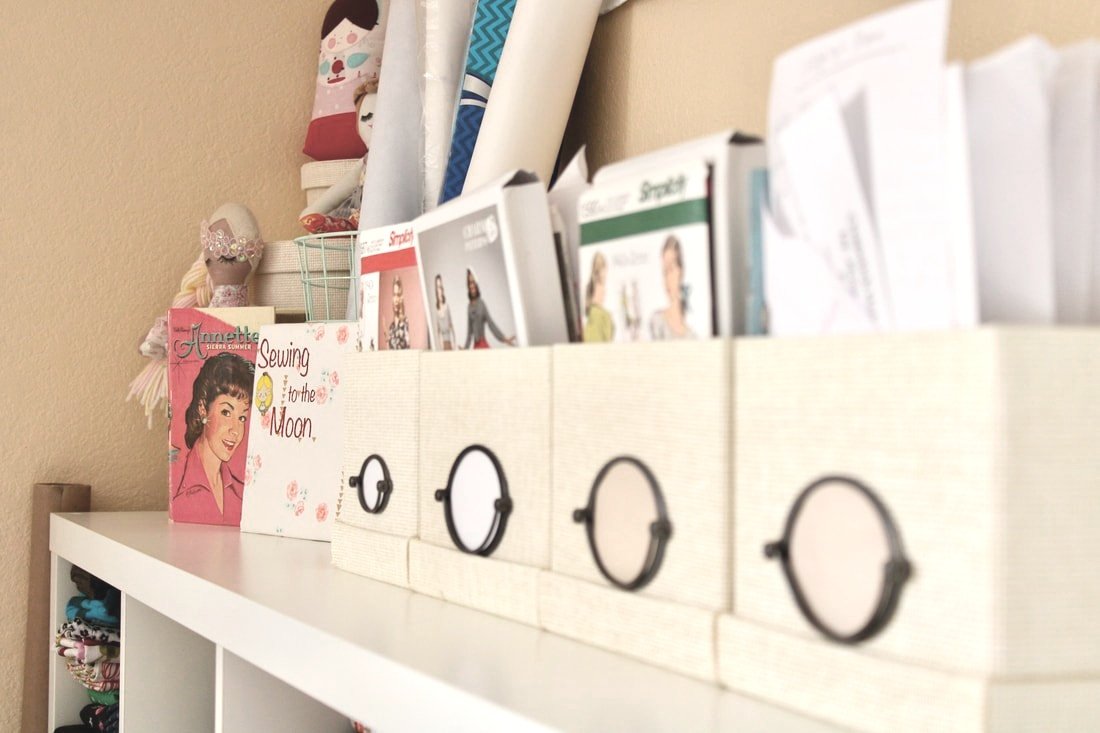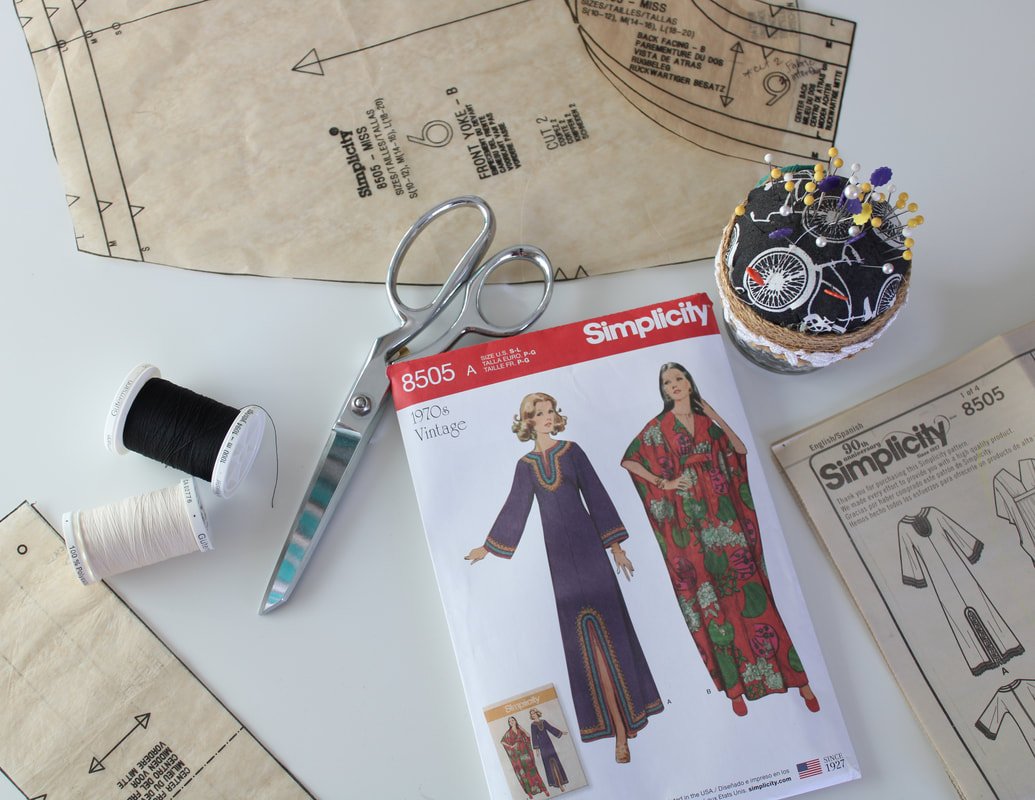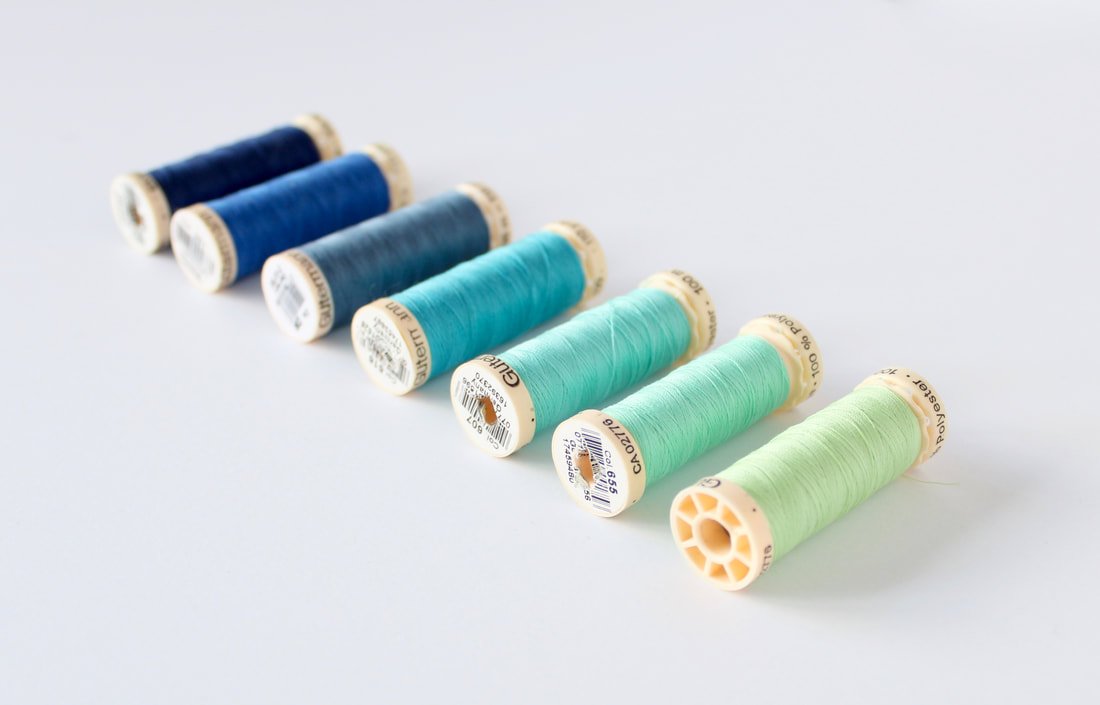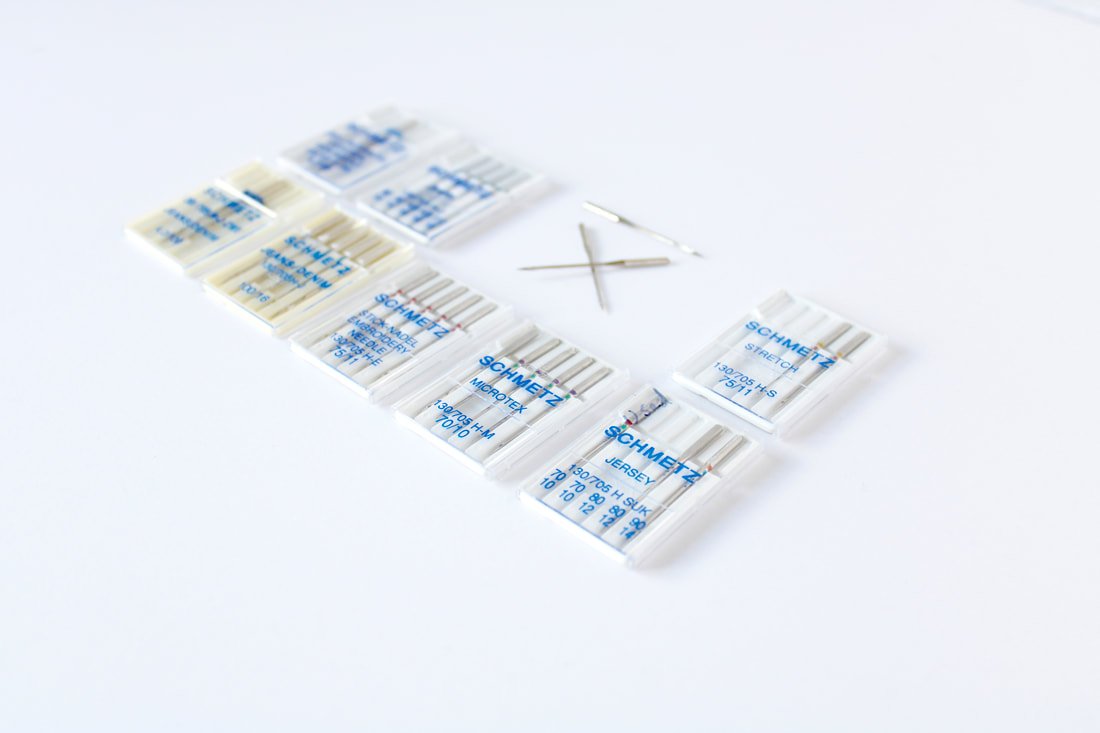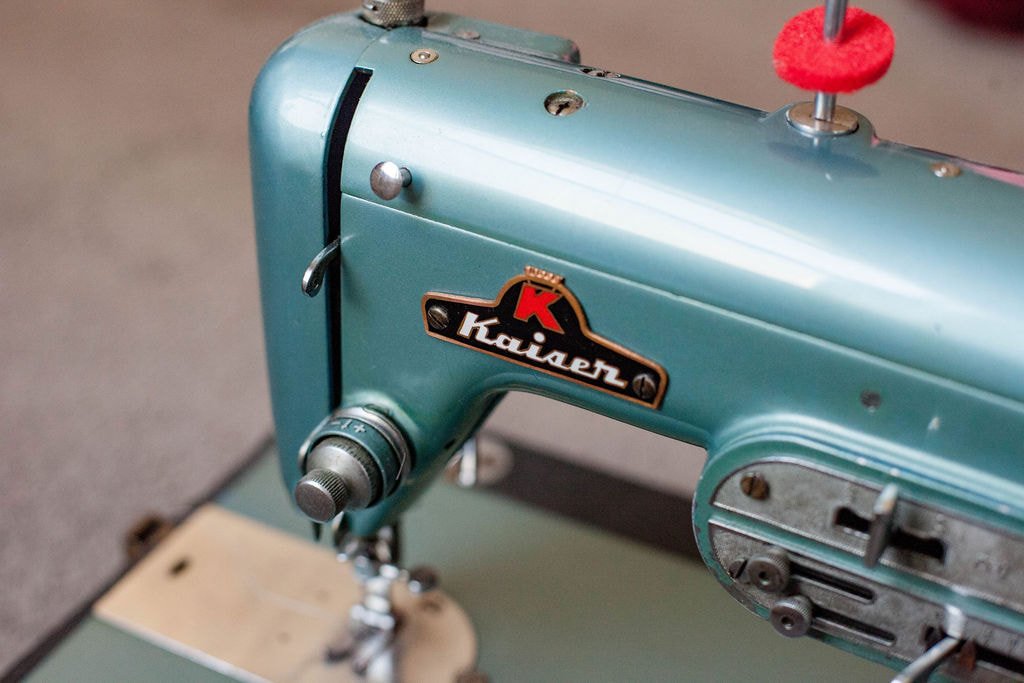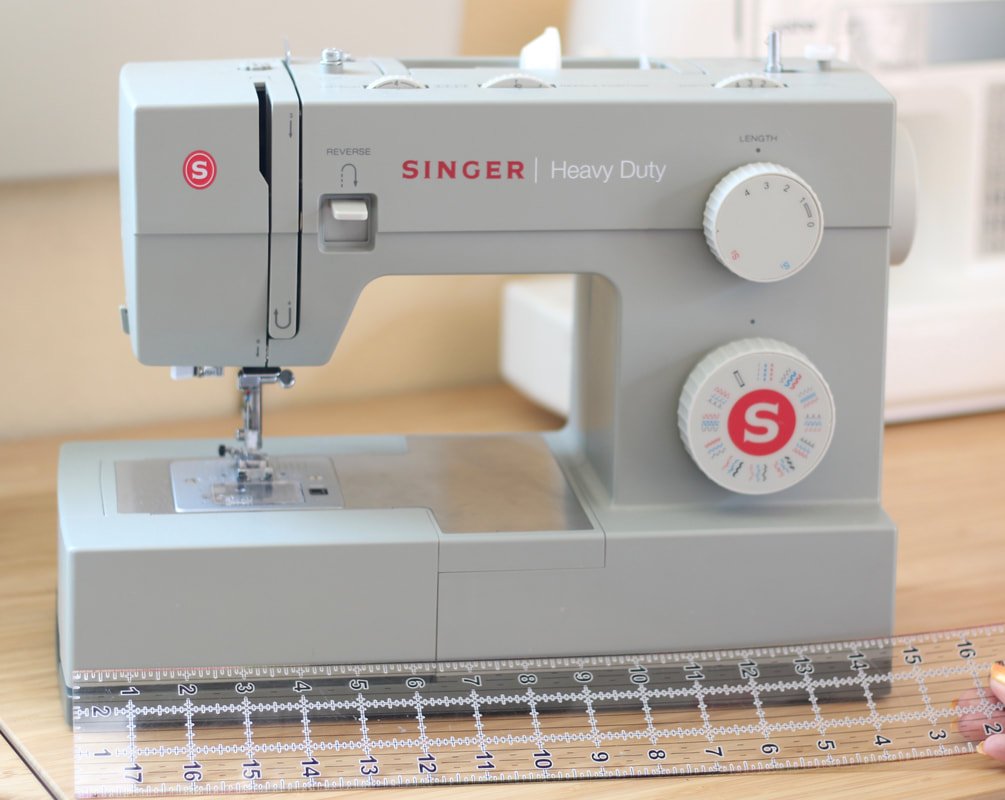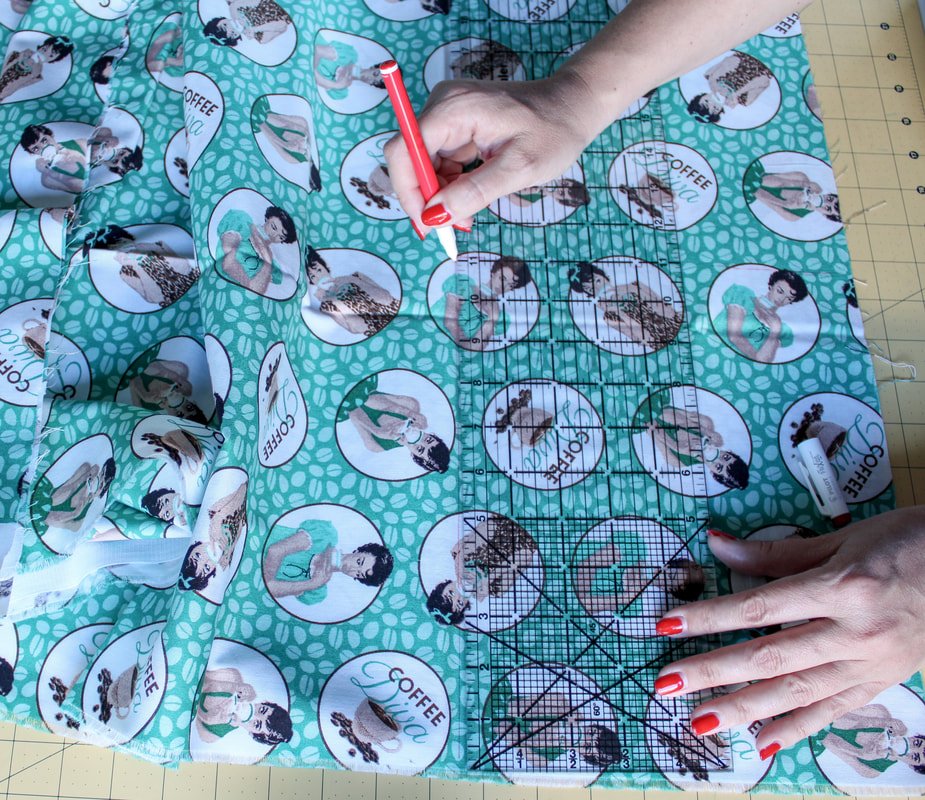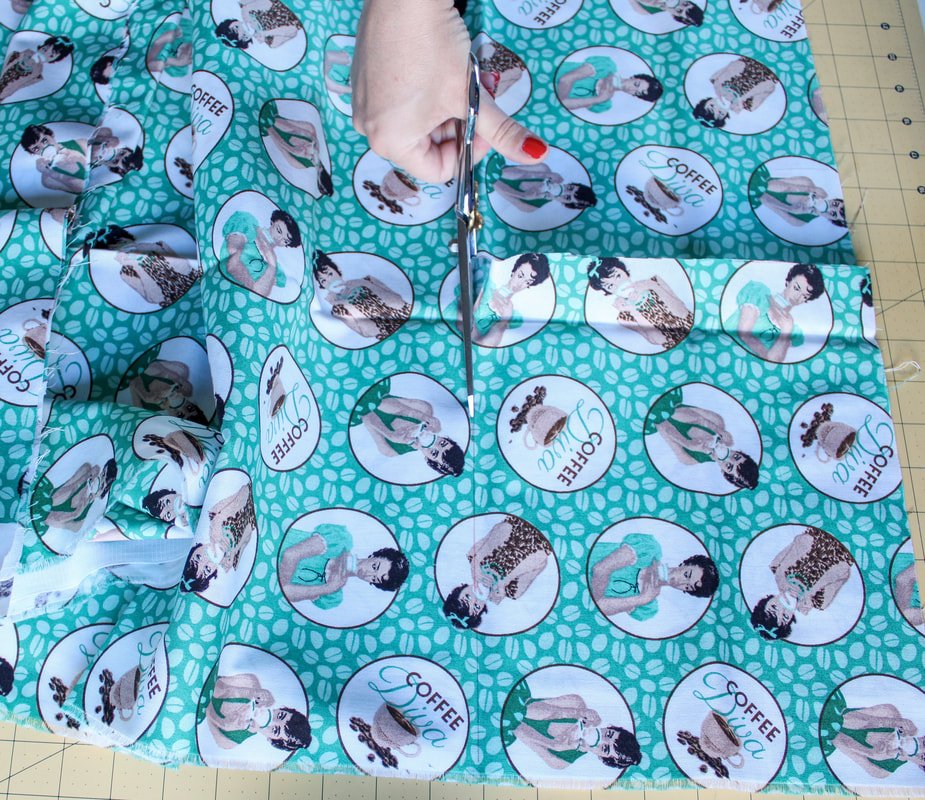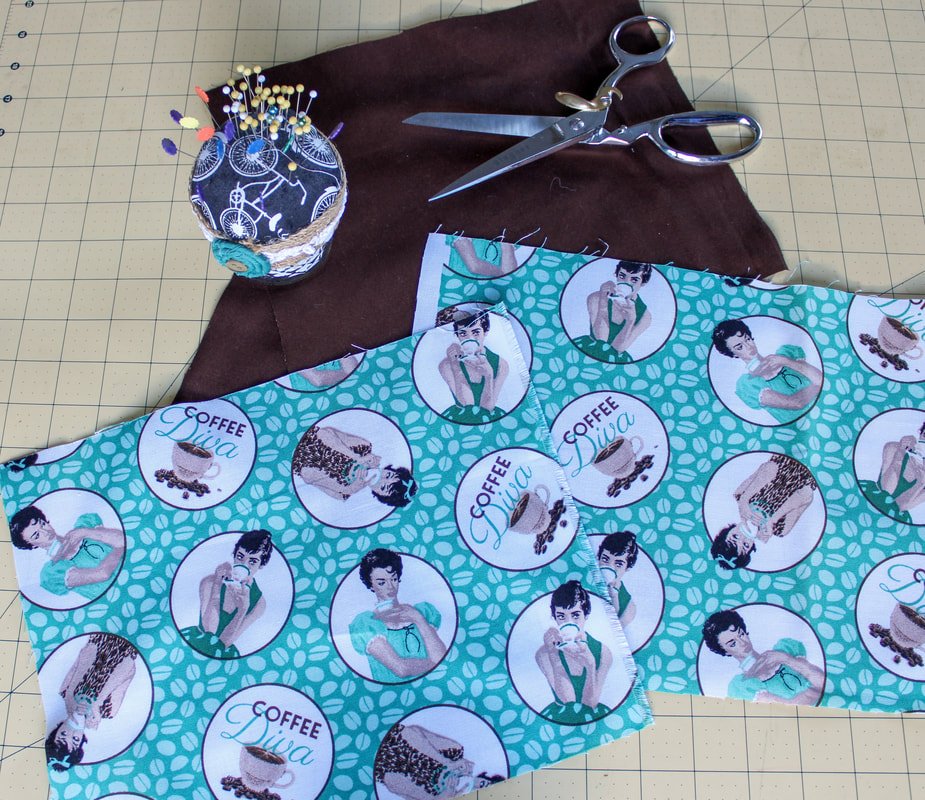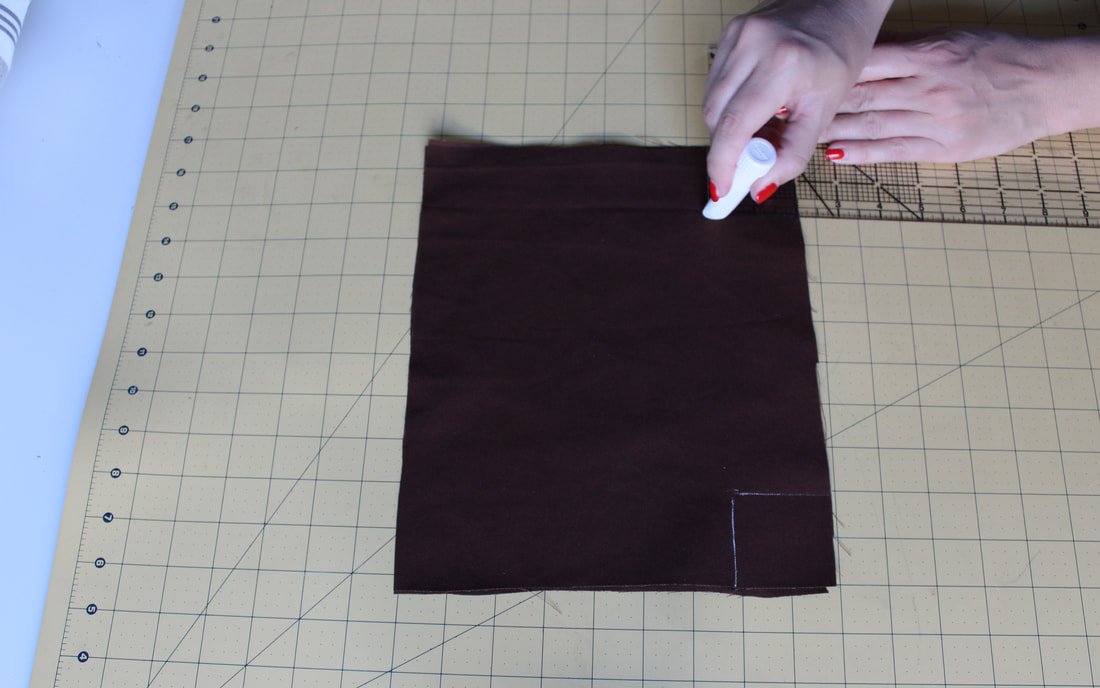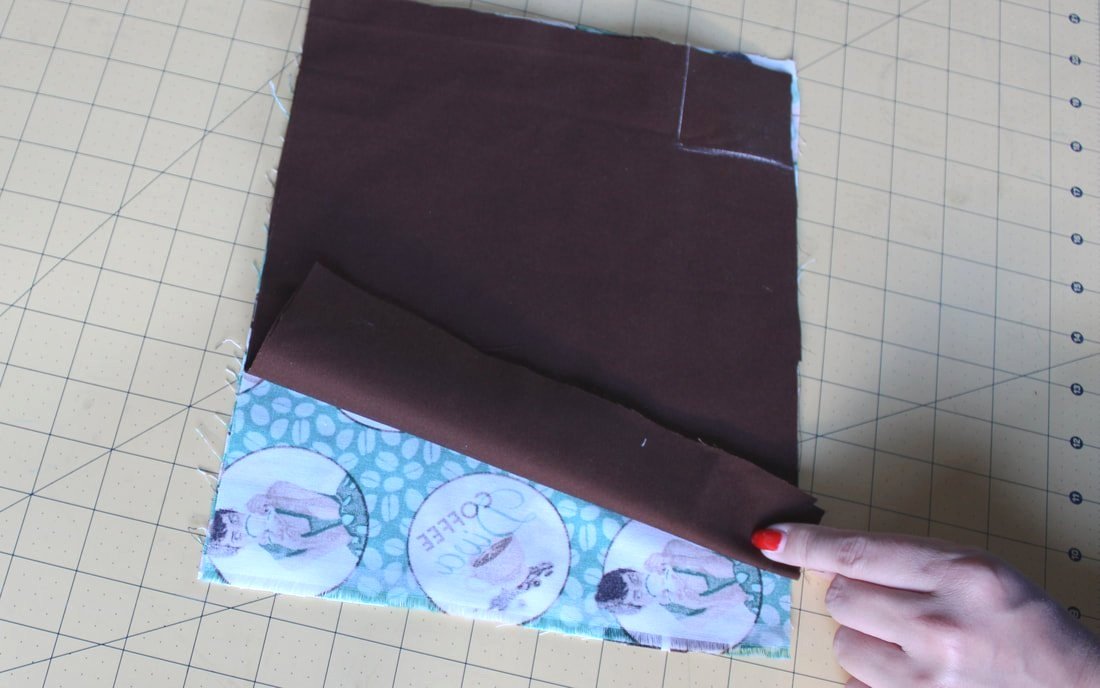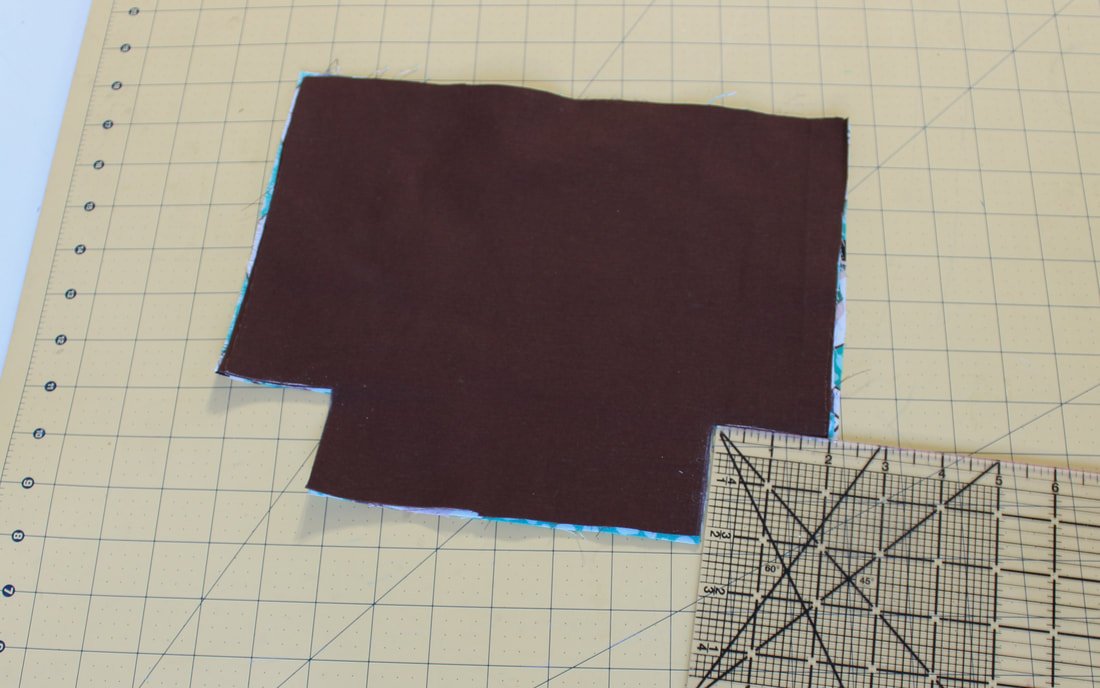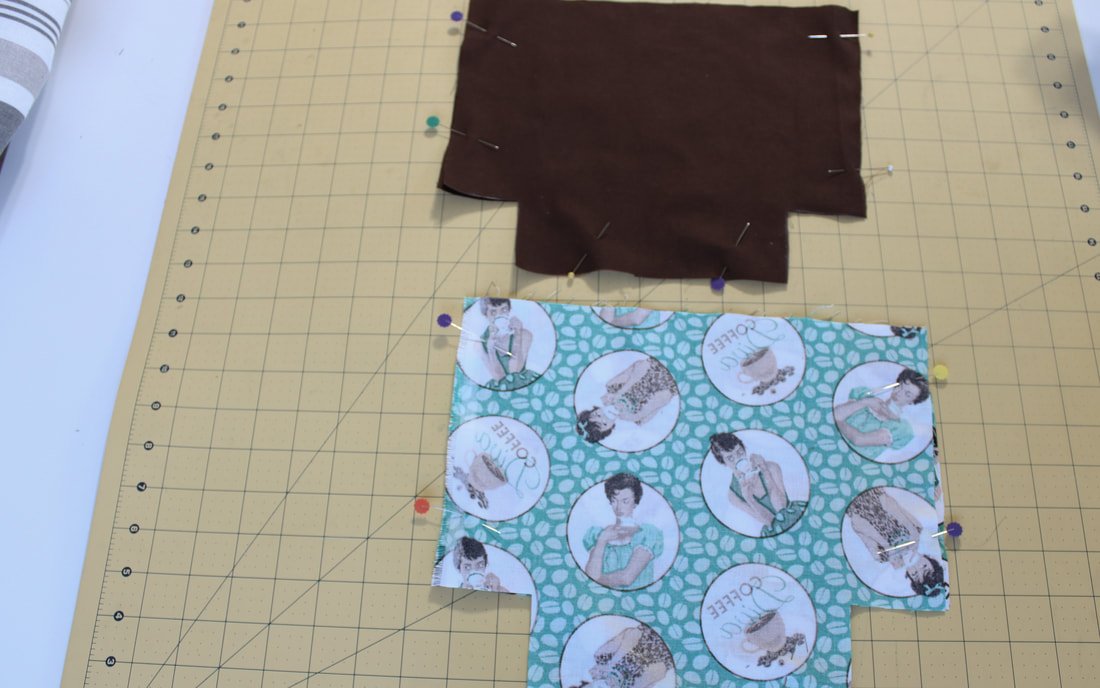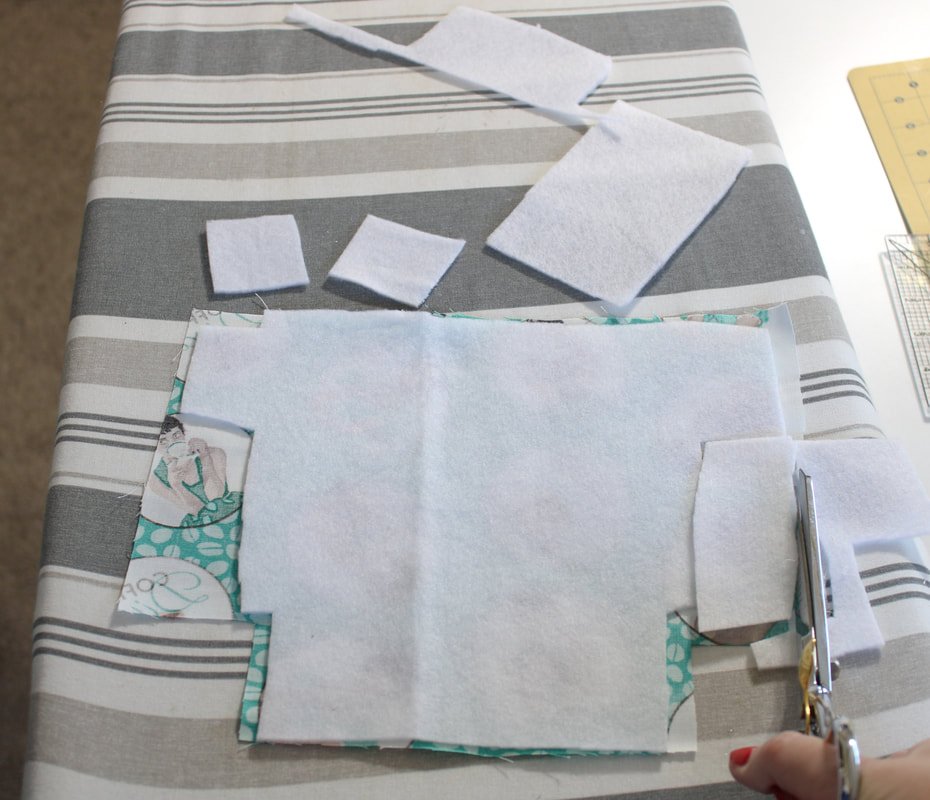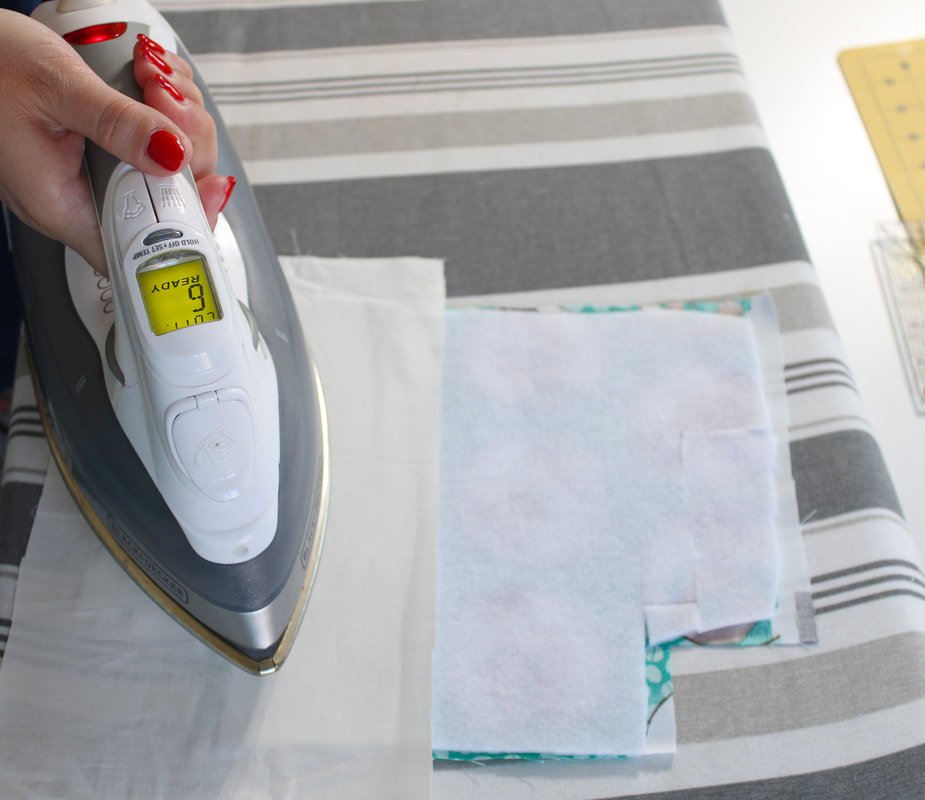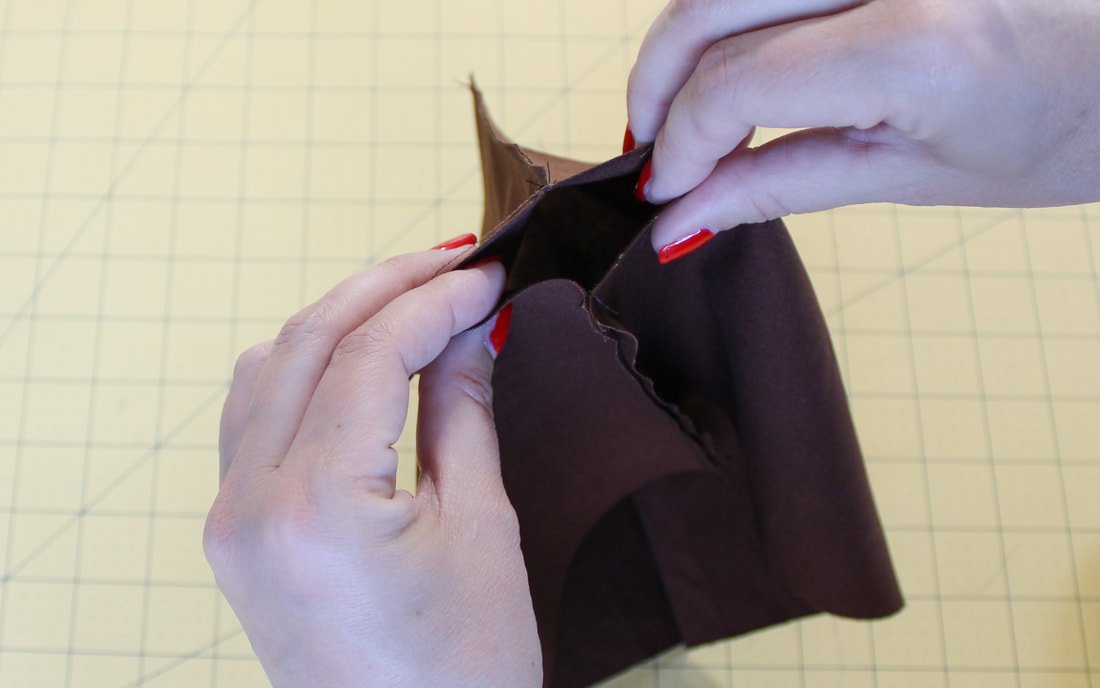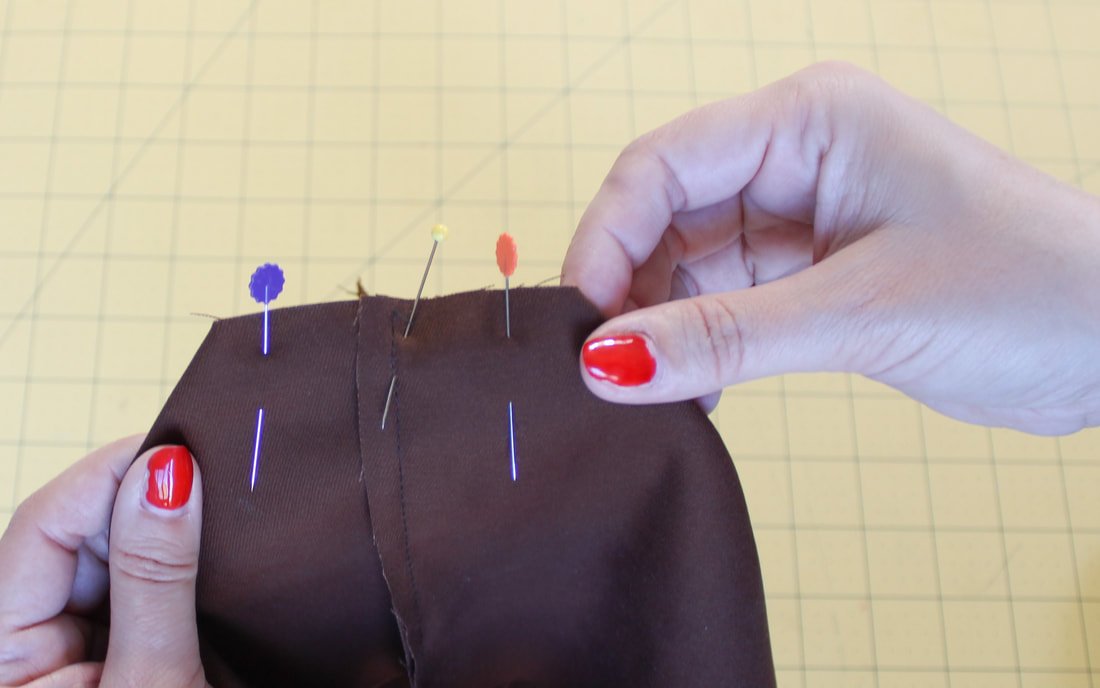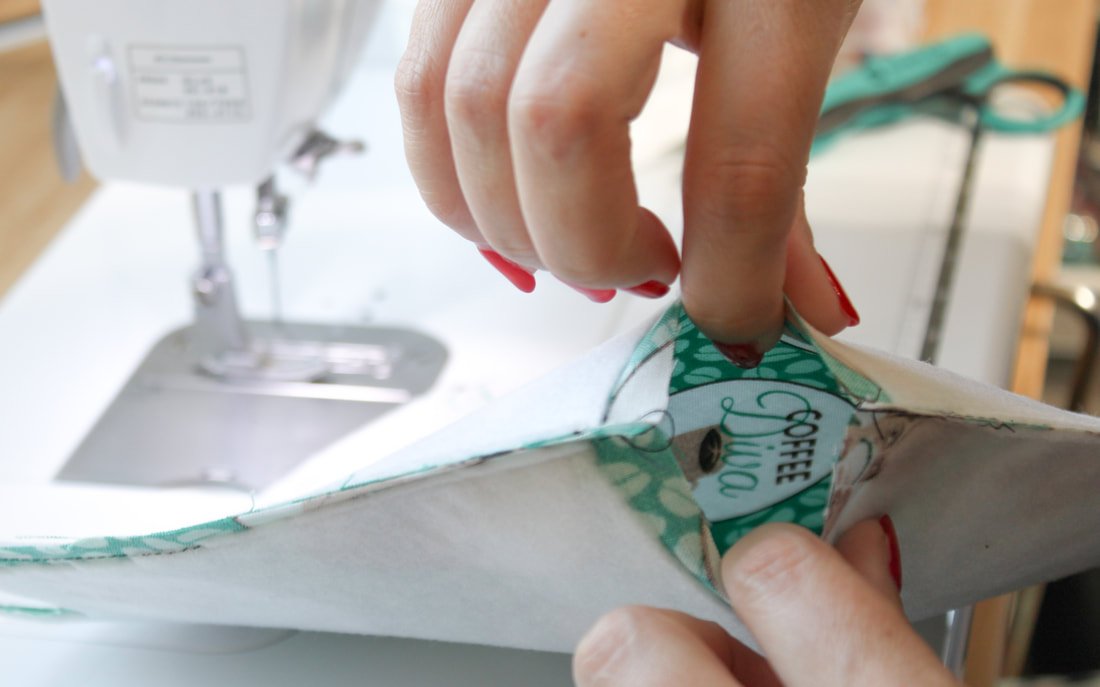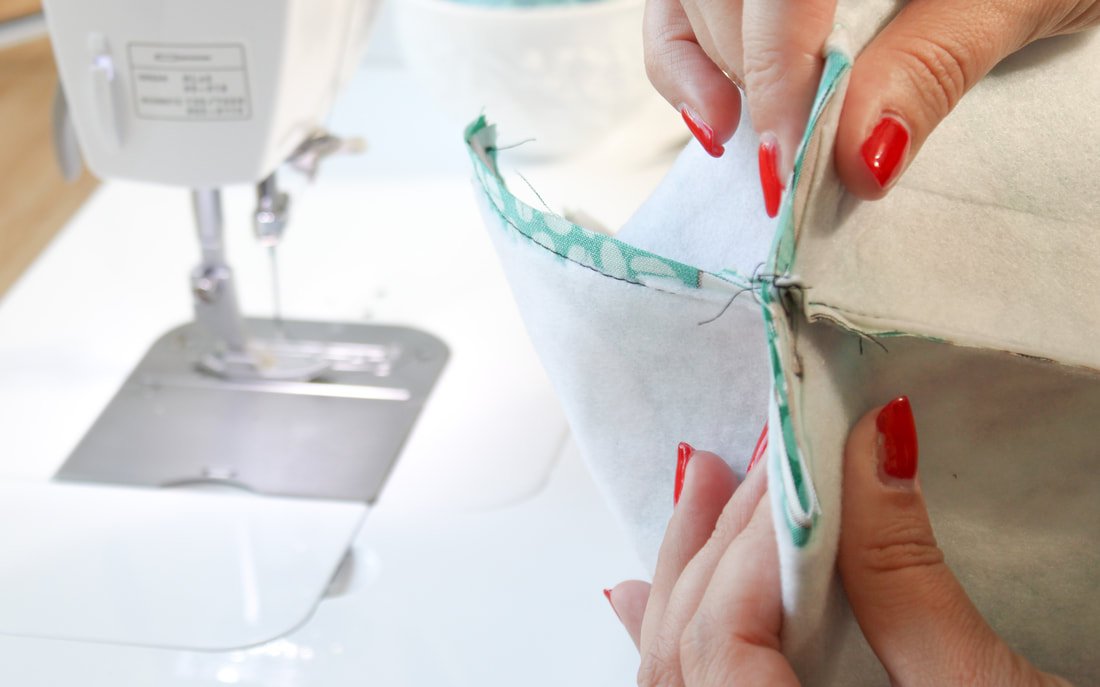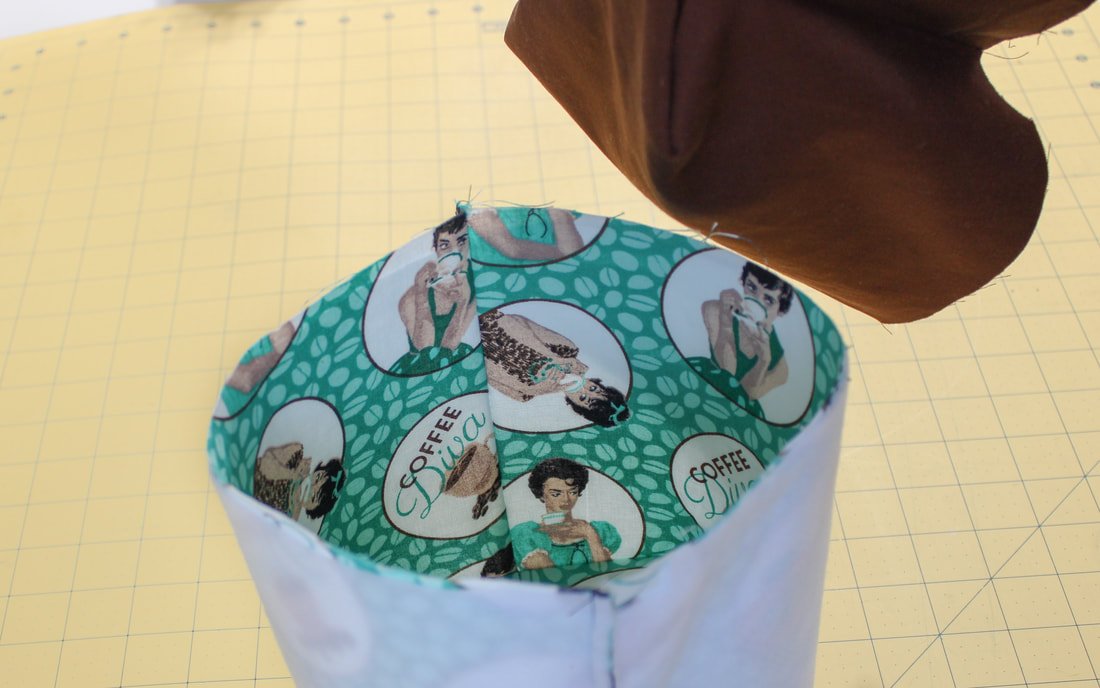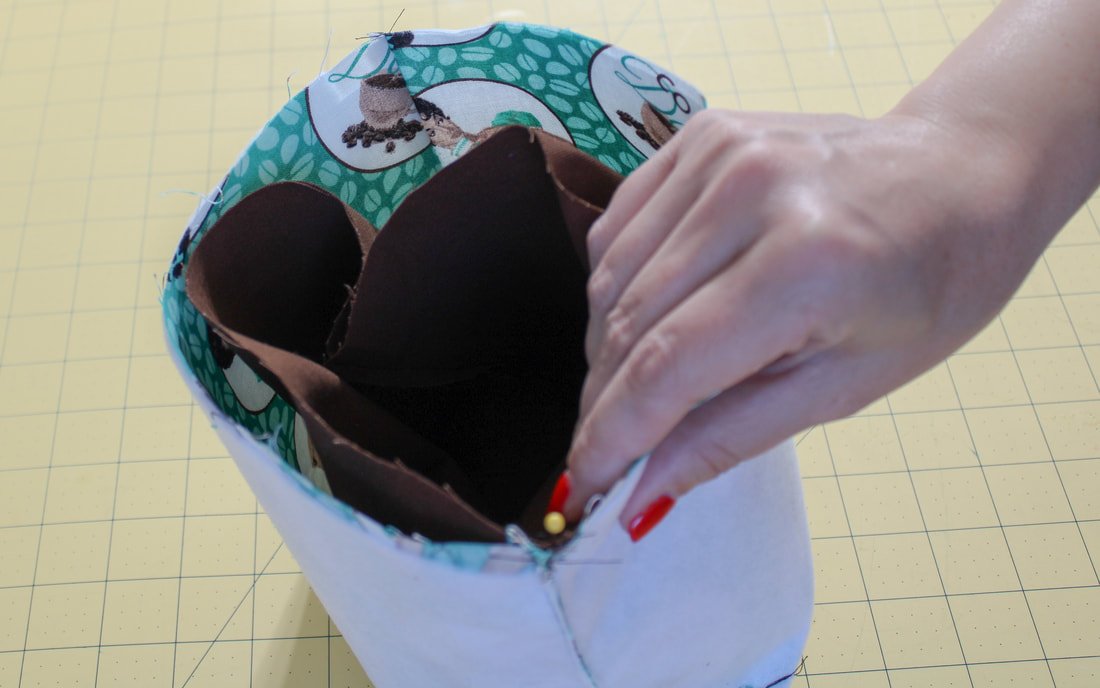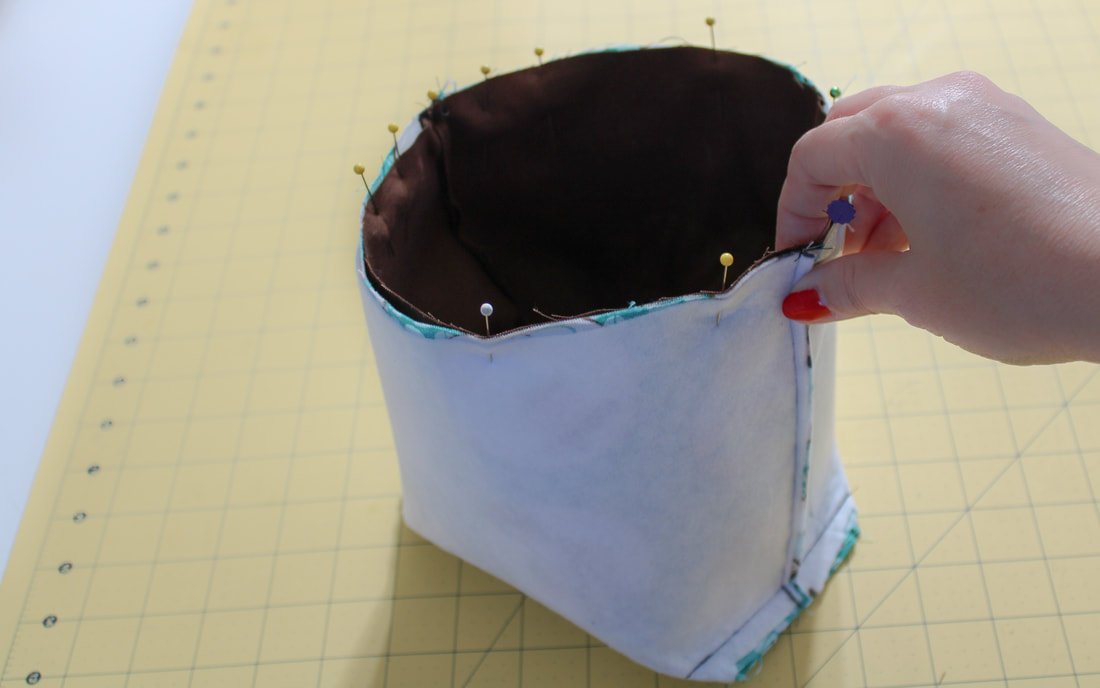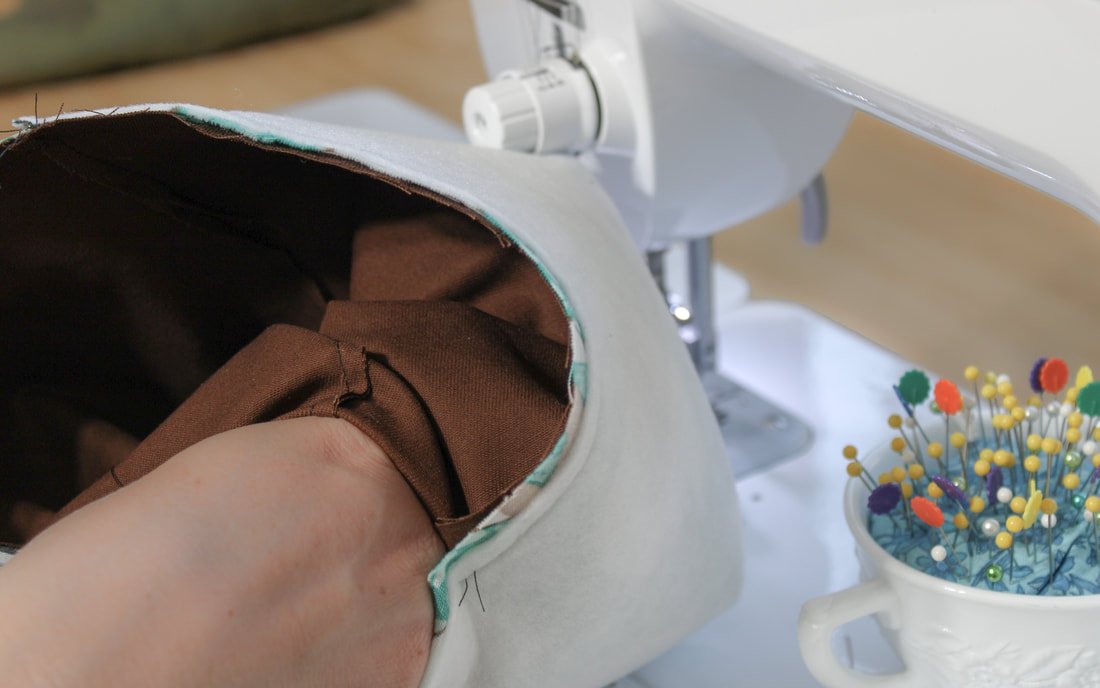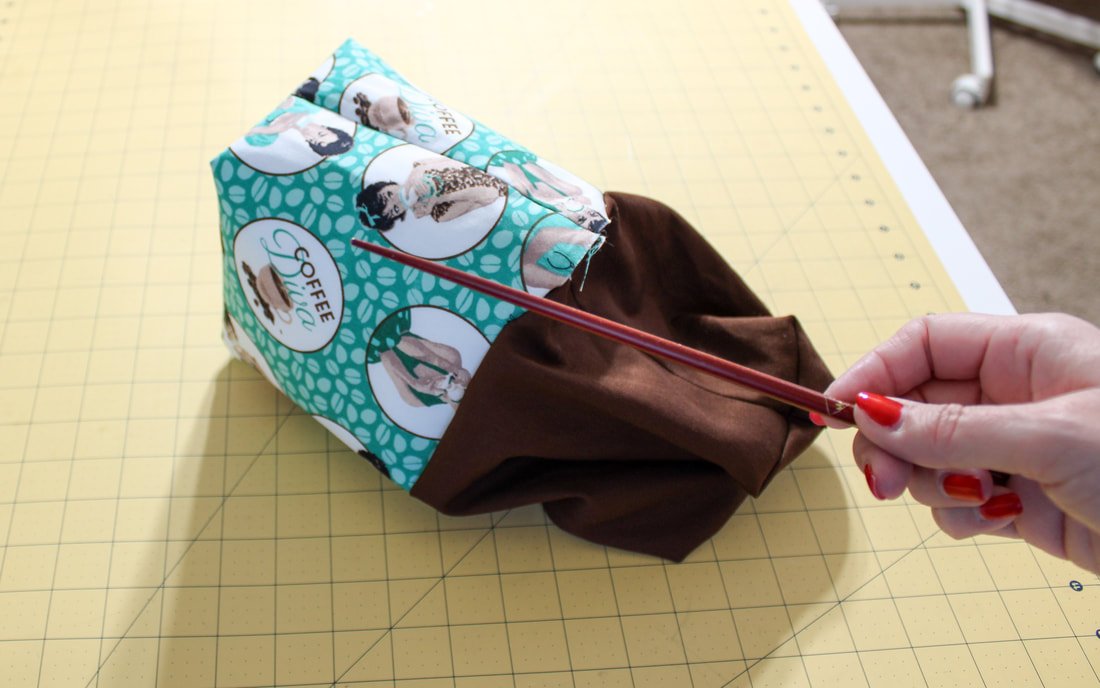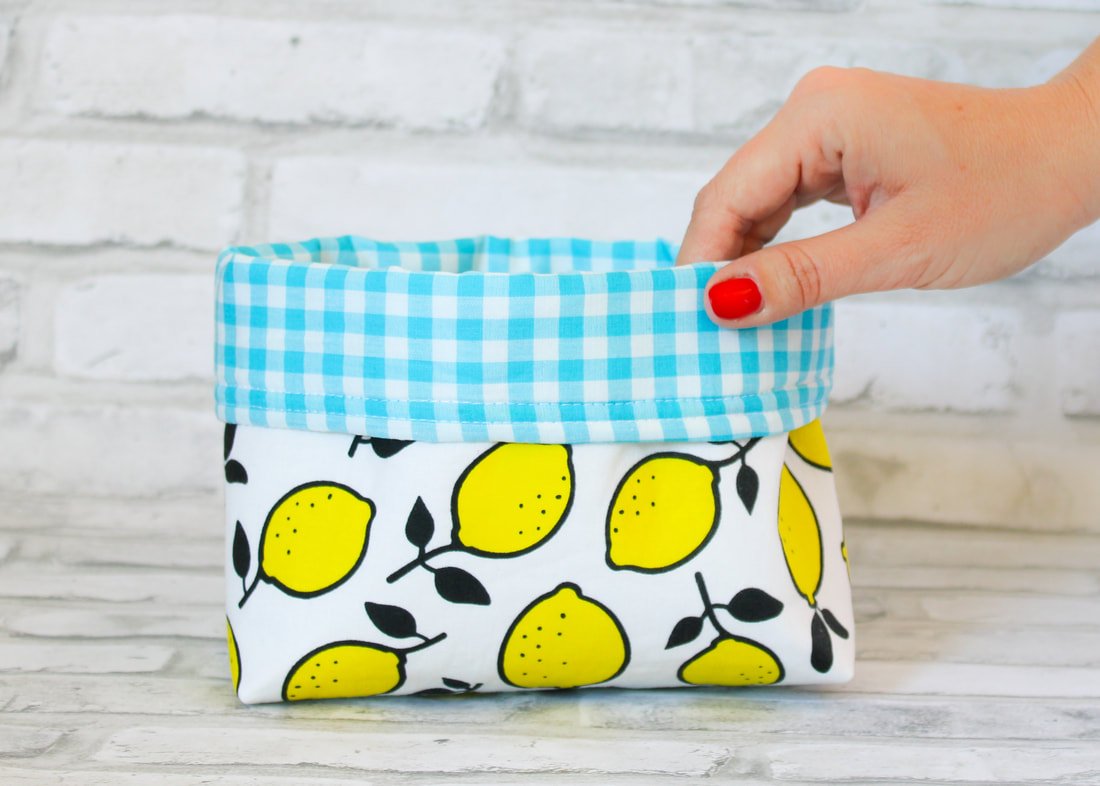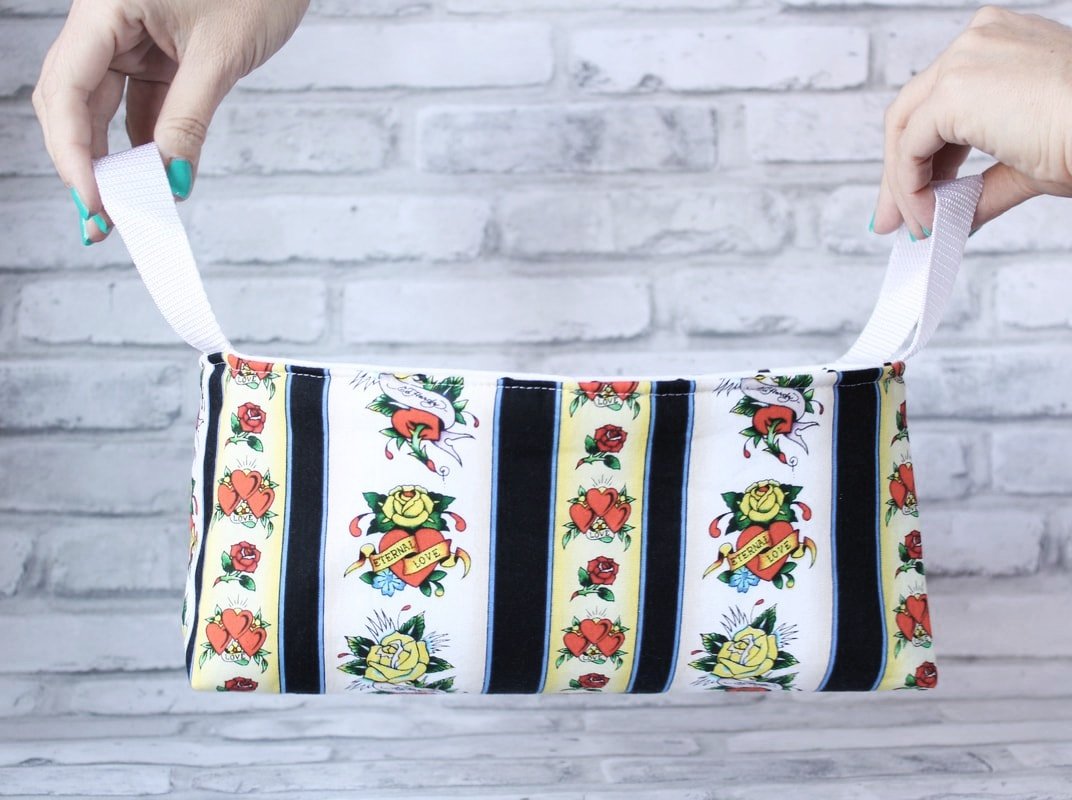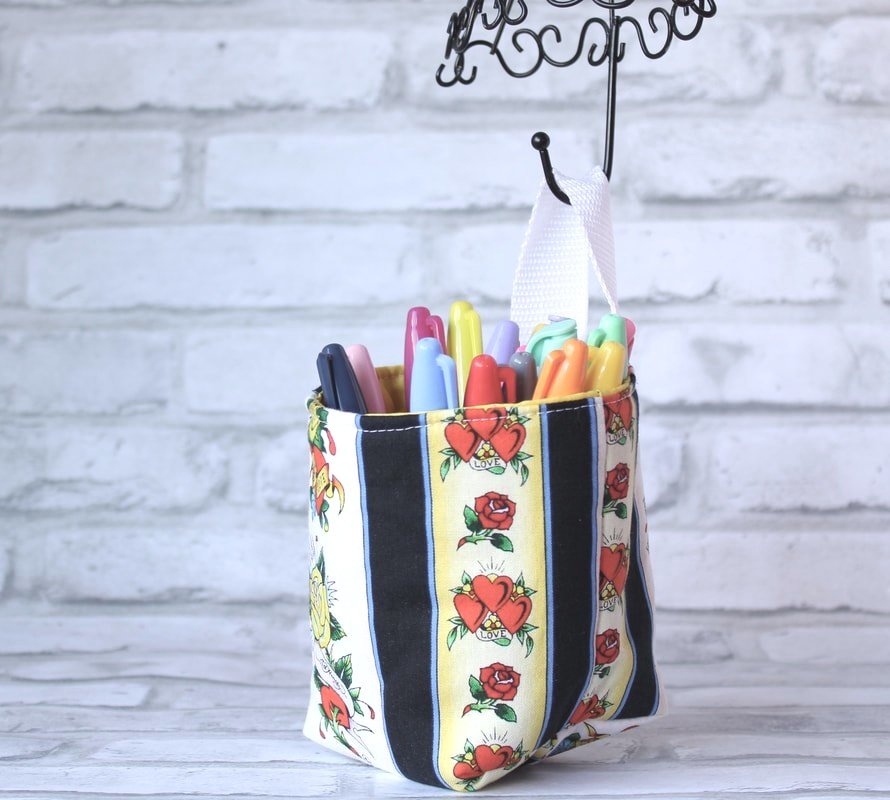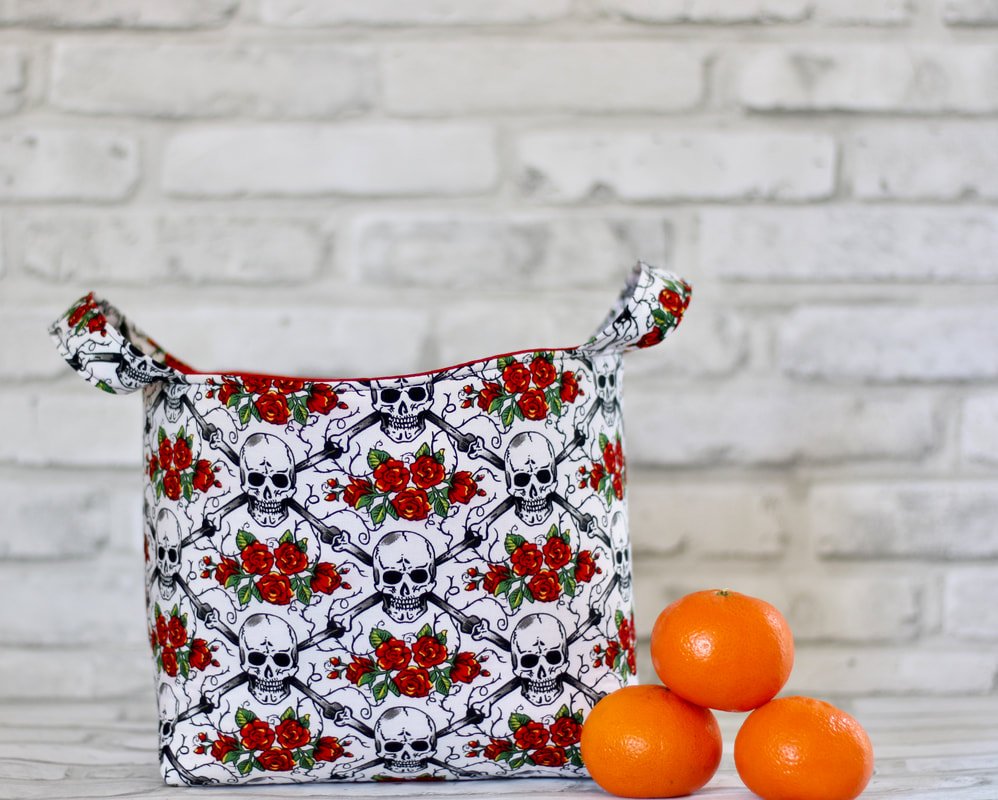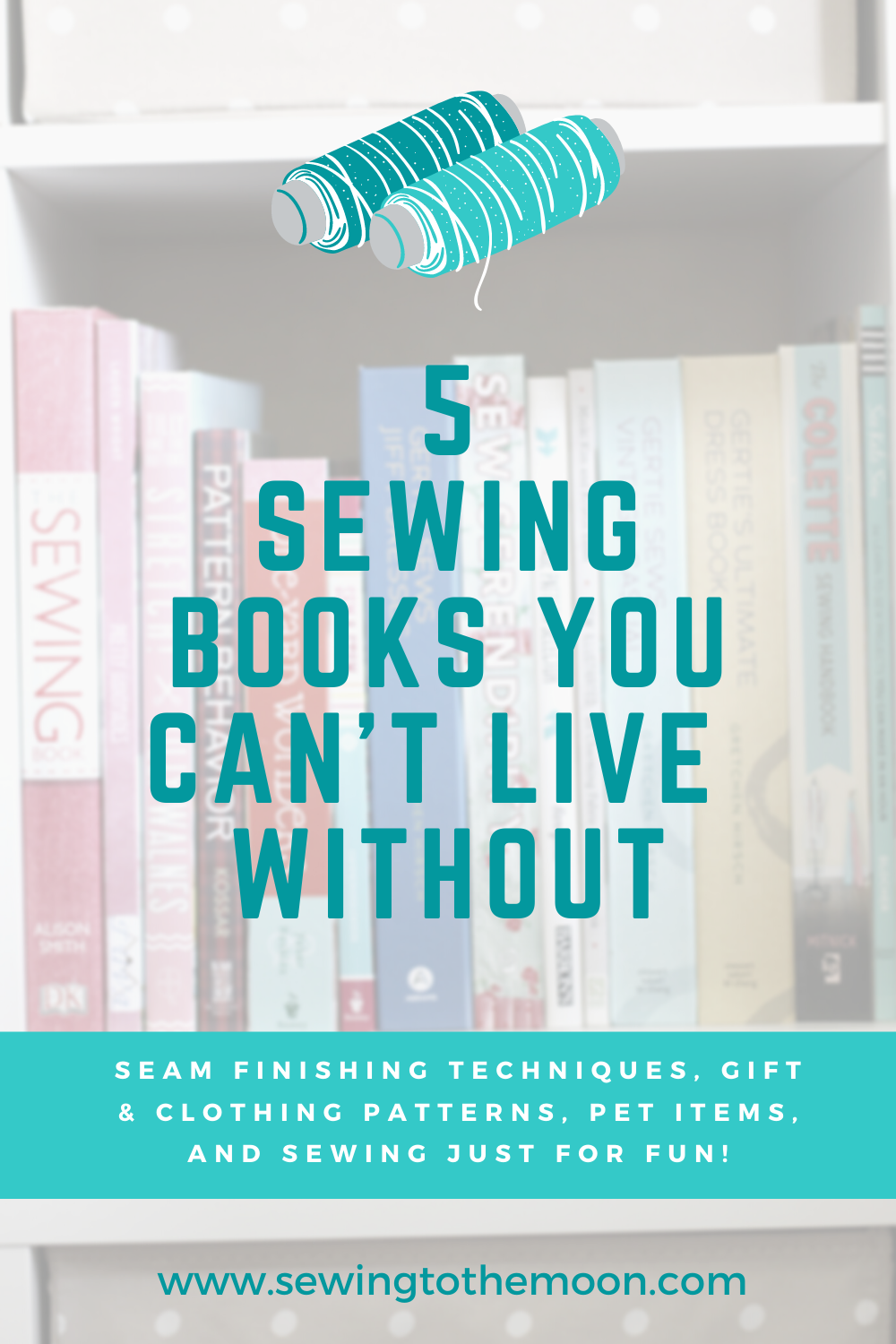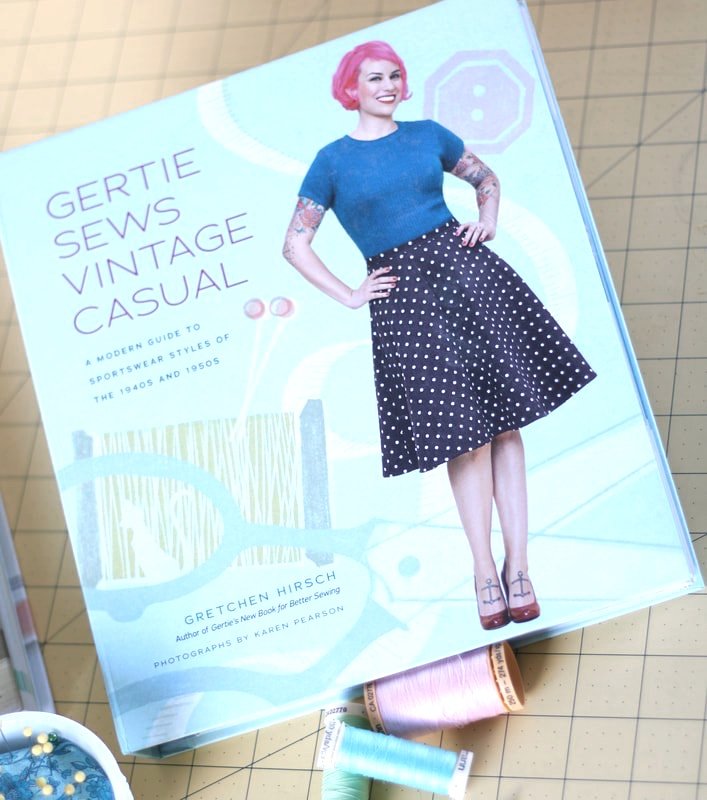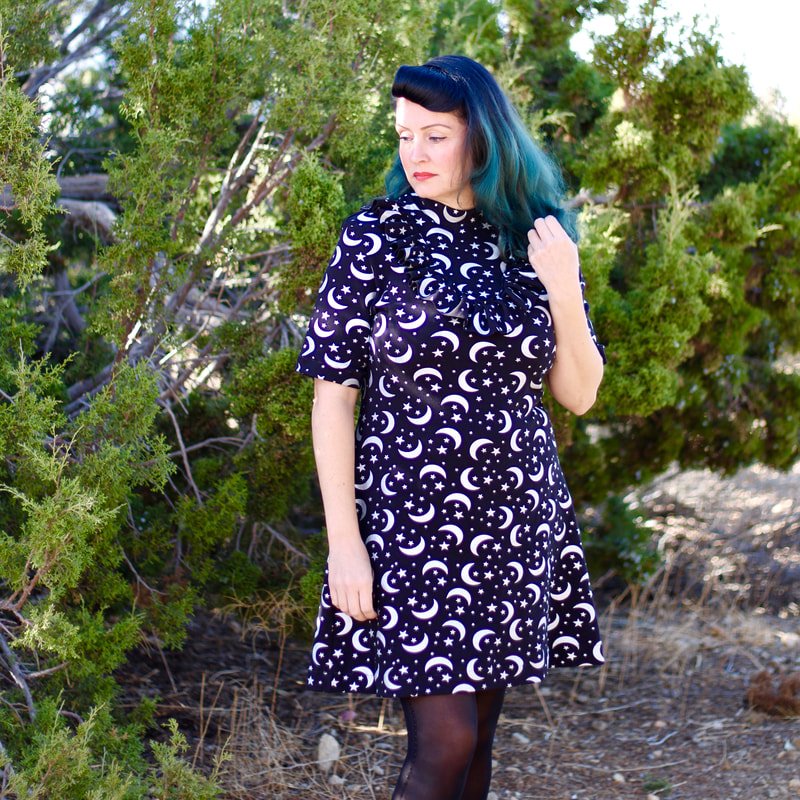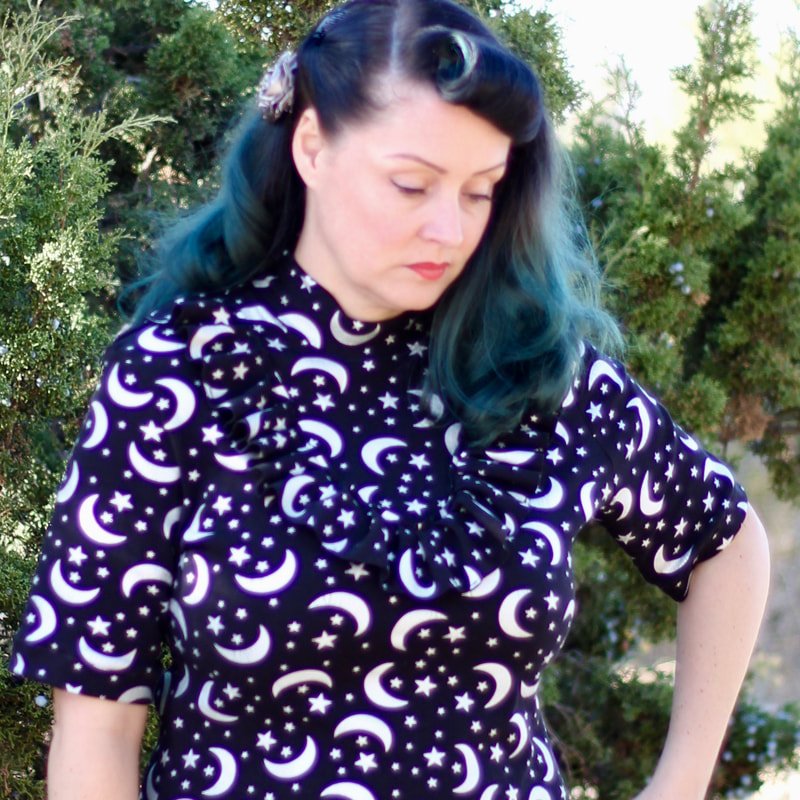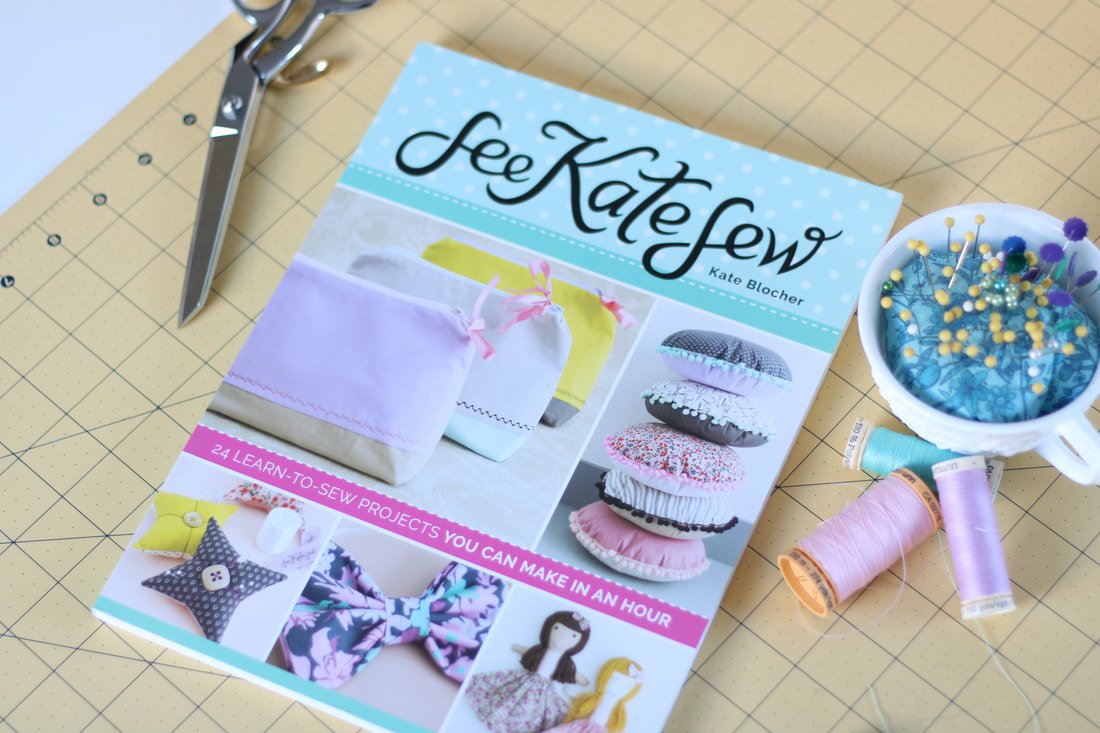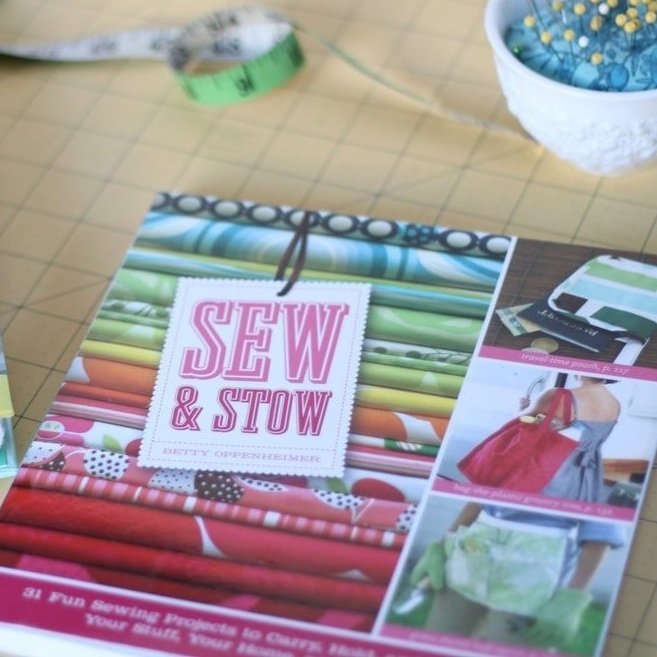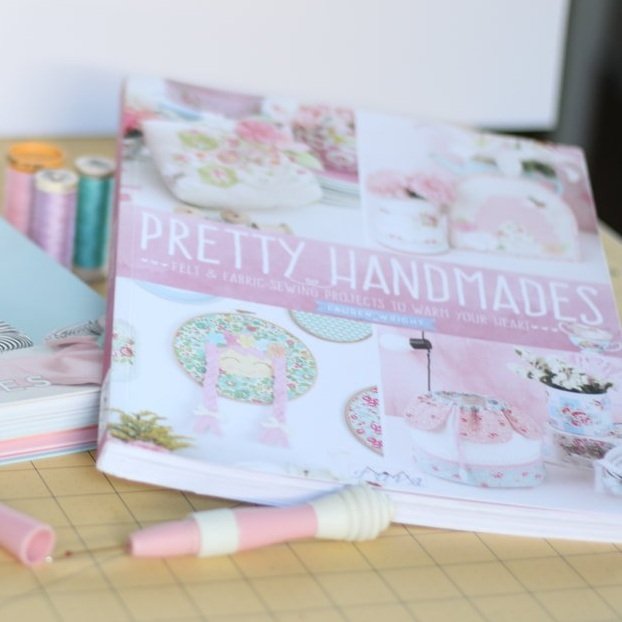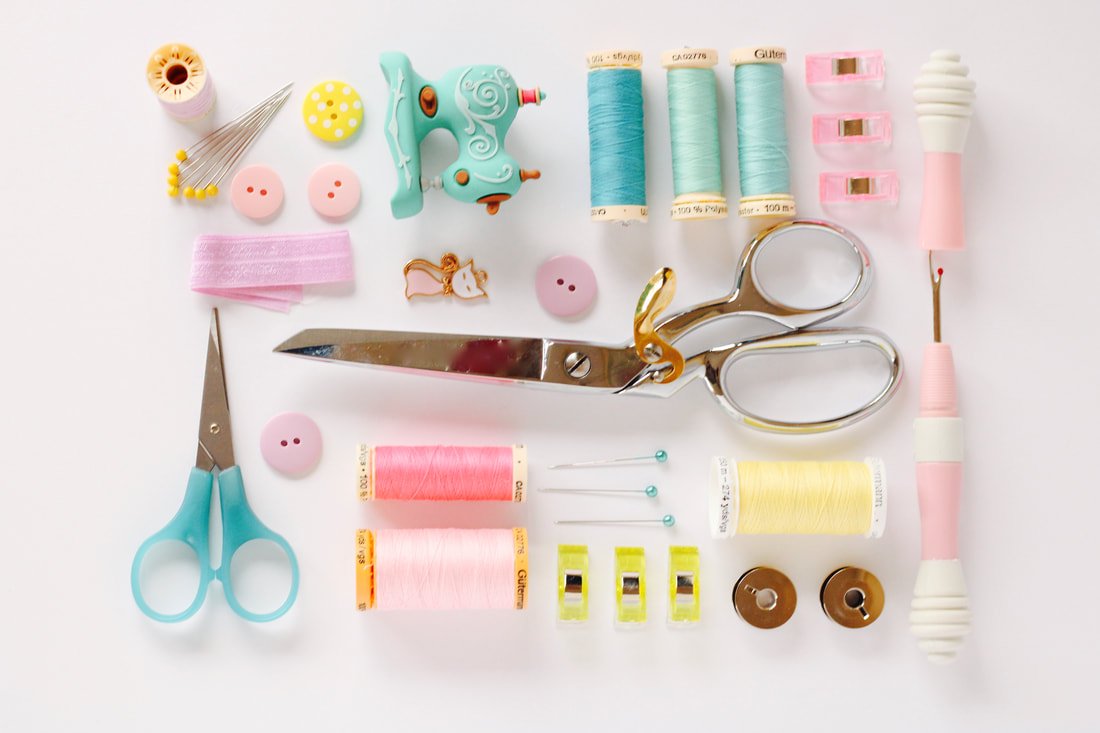
Pattern Reviews, Sewing Hacks, Tips & Free Patterns
Sewing Blog Besties
Ultimate Guide to Sewing on a Budget
How to sew with a budget. Grab patterns, notions, fabric, sewing machines, lessons, and more following this list of ideas. Tips and tricks for the seamstress on a tight budget. New to sewing? Here’s how to do it on the cheap.
Sewing your own dress or bag usually costs more than buying one. But, it doesn't always have to be that way. Sewing can be budget friendly and I've compiled this big guide to help you sew on the cheap.
Hobbies are good to have. They give our hands and minds something to do. Some hobbies can empty your wallet, while others only cost pennies. Sewing is one that can be expensive. There are so many gadgets, fabrics, and machines, Oh my! But, it can be inexpensive too. I'm here to tell you, that you don't need to empty your bank account to sew or advance your skills. You won't need an expensive sewing machine that sings to you either. Let's take a deep dive into the world of sewing on a budget.
When I first started sewing, the craft stores weren't even close to what they are now. They offered one style of a rotary cutter, one box of pins, and had a 1/3 of the fabric selection they have now. Times have changed and the variety has grown tremendously! You can get everything you need to create your masterpieces, without breaking the bank! Do you really need 6 different pairs of scissors? Not really. Think needs vs. wants when you start sewing. Ask yourself what a minimalist would do, and you'll be good. ;)
Grab some coffee or tea and a snack, this is a long one.
What You'll Learn
Where to find fabric
Patterns on the cheap
Learn how to sew on the cheap and for free
Shopping for inexpensive notions (threads, scissors, pins, buttons, zippers)
Where to find a sewing machine
Finding Fabric for Less
Garage Sales
Get up early, grab some coffee, and hit those garage sales. Friday and Saturday mornings are your best bet. Oftentimes yard sales are a sewist's goldmine. They can have boxes of fabric that someone gave them from who knows where and when. If you're a vintage fan, this is where to shop! They'll usually have sheets too. Sheets yield a lot of yardage in sewing terms. Garage sales are also the best places to "wheel and deal". If you show interest, they may even pull out more stuff that's hiding in the back of the garage.
Thrift Stores
People start hobbies and realize it's not their cup of tea. They donate everything and we reap the rewards! Thrift shops get bags of fabric and sheets (again, yardage) donated every week. Take note of where your local thrift stores are, because they are mentioned a lot throughout this post. They usually have formal dresses that you can use fabric and appliqués from, too. Want to make a pair of PJ pants? Thrift stores have fleece blankets that you can make Pajamas out of. Use a vintage sheet to make a summer dress. Think outside the box and the sky is the limit.
*Check the fabric for holes, stains, and such before purchasing.
3. Friends & Family
There's always a family member who used to sew and lost interest, just ask. Chances are they have a box or a few bags of fabric stored away somewhere. They planned on making little Suzie's whole wardrobe but, now little Suzie is 23. Free fabric for you!! Will it be dated? Probably but, chances are they have some stuff you could use. Then, you can pay it forward and donate what you don't want.
Ask around, there's always fabric being stored somewhere waiting to get used. If you're learning to sew and are on a tight budget, free is the best kind of fabric. You can also use those fugly fabrics for linings, mock-ups, and to practice on. ;)
4. eBay, Etsy, Amazon, & other Online Shops
Look online for clearance fabrics. The sky is the limit here but, it'll take some legwork or finger work. Ha! Check eBay for fabrics sold by the yard. Etsy has tons of hard to find fabric as well. I have found some really good fabric prices on Etsy. Lingerie fabrics, specialty elastics, and swimsuit fabrics are easier to find online. If you need knit fabric, I love Girl Charlee. Amazon has been hit or miss for me on fabric. But, they do sell interfacing, zippers, and other notions.
There are online shops that specialize in fabrics but, I've not found spectacular prices at any. But, if you're interested, just do a quick Google search.
5. Big Box Stores
Check your local craft stores for deals and coupons. Walmart has a whole sewing section including fabric. Hobby Lobby, Joann, Hancock's, etc. are all great options. Sign up for coupons and go when they offer sales, you'll get great deals. You can walk out with $3 a yard of fabric. Check the remnant bins and clearance sections, too. Sign up for emails and mailers to get all the discounts.
6. Fabric Swaps
This one is a hidden treasure. Join online fabric swaps through social media. Search for them with hashtags. Call local churches and ask if they ever have fabric swaps as well. You can look for groups on Facebook, I don't personally have FB but, I know of a lot of sewing swaps on there.
I went to a Sewcial and they offered a pattern and fabric swap. Such a fun idea! I have done fabric swaps online through Instagram and have made sewing friends through those. Need to figure out how to store all that fabric you just found? Read this post on storing fabric.
7. Wholesale Stores
If you live near a big city, there usually have garment districts. These shops have the best selection for the price. Or, if you're like me and live in the boonies, you'll have to drive to find them. Wholesale fabric stores are full of fabric and notions on the cheap. You have to dig to get a deal but, it can be worth it. I have bought many novelty fabrics for $1-2 a yard. They also sell a variety of home decor fabrics. Looking for faux fur? They sell it by the pound and it can cost 1/3 of what you'd find it for in your local craft store. So, grab a friend and take a road trip to find these fabric shops. They're my favorite places to shop, you never know what you'll find.
Patterns with Small Price Tags
If you're searching for PDF, DIY, or inexpensive commercial patterns, this list gives you a good start. Whether you're on a micro-budget or need all the freebies you can get, there's something everyone.
1. Pinterest
This was once my favorite pattern search engine. It's changed over the years, but you can still find a needle in the haystack. Think of Pinterest as a crafter's Google. Scroll past the ads and it can be a goldmine. Need to find a child's dress pattern? Search there. Looking for some handmade apron options, check Pinterest. I have a few sewing-themed boards with tons of patterns, how-to's, tutorials, and more. Follow me over there, I can almost always find a free pattern for what I'm looking for.
If you want a 50's vintage-style headband pattern, I made a PDF. Grab it here.
2. Garage Sales & Thrift Shops
You're going to see these two options mentioned often. You can find patterns galore at garage sales along with fabrics. Thrift stores have them too. They can have vintage patterns that are coveted in the vintage sewing community. The recent surge in sewing interest may make it harder to find patterns as easily. But, these are both great places to start. Garage sale prices will usually be cheaper than thrift shops. Sometimes you can get lucky if a seller wants to unload their family member’s whole pattern stash. The downside of buying used patterns is missing pieces. Open them up to make sure all the pieces are there.
3. Online Search
A quick Google search will give you free and inexpensive patterns. Sewing bloggers usually have a few free patterns and some for a few dollars. I offer free patterns here, here, and here. Some bloggers give you access to their whole pattern library if you sign up for their newsletter. Melly Sews has a large sewing library. Sign up for her email list and you get access to all of her free patterns. Craft stores have free tutorials on their websites too. This takes a little legwork on your part, but if you want it for free, it's probably out there. ;)
I do like to purchase patterns from makers as well, as it helps support them. I'm learning pattern drafting now and WOW, it's a lot of work!
**Disclaimer: free patterns might not be 100% foolproof. So, if you're making a gift or special dress, start the project early. You may need to get more fabric or find a different pattern. ;)
4. Borrow from a Friend
Borrowing patterns from friends is perfectly fine. If a friend is very particular about their pattern collection, ask them to trace a copy for you. You could even ask to trace and copy the instructions at their home. I've done this. I've even mailed a pattern to a friend here and there for them to copy off. They mail it back and usually include a little gift as a thank you. :)
5. Joann Store Sale
This one is huge! I repeat, HUGE!!! This is my most favorite way to get new patterns on a budget. Every so often, Joann Fabrics runs pattern sales. They sell patterns for $0.99 or $1.99 ea, depending on the brand. This little piece of information could save you hundreds of dollars. First, you must sign up for their mailers. They share when and what patterns will be on sale inside the mailer. I never know when this happens until I get my mailer, in the mail. It's usually a couple of times a year. There's a whole method to the madness and I'm sharing my secret tips with you below. You're welcome!
Take note of the sale dates and mark your calendar. It might be within the next few days or 2 weeks away.
Visit the pattern brand website i.e. Simplicity, Burda, New Look, etc.
Grab a cup of tea, this will take an hour or so. Search through their patterns, each site is pretty well organized. Look for dresses, pillows, bags, pants, etc.
Write down the brand, pattern #, and size you want. Make sure your writing is legible! (Face-palm, ask me how I know this).
Take that piece of paper to the store and walk to the back where the pattern drawers are.
Find the pattern brand drawer and look for the pattern number range that is marked on each drawer.
Grab the available patterns. Wheeee!!!
*Hot Tip: Some patterns may be out of print. Many might not be available in the size you want. Write down at least 10 pattern numbers because chances are, you'll only find 4 or 5 in the drawers. I have built up my pattern stash this way. It takes a little work on your end but, it is totally worth it.
6. Books
This sounds silly but, if you buy a sewing book, they usually have patterns inside them. You can buy new and used sewing books online, at thrift shops, garage sales, or borrow from a friend/family member. I have a list of my favorite sewing books here. They all have patterns inside. Books make nice gifts too. If you have a birthday coming up, ask for a sewing book. They walk you through their patterns and you may learn something new from the book.
If you order online, read the reviews and comments. I've bought a book or two in the past that were complete bombs, unfortunately.
Learning to Sew
We all start somewhere and each of us learns differently. I learned to sew from a sweet little old lady, above a vacuum and sewing shop over 20 years ago. I signed up and paid $60 for a month-long weekly sewing lesson. Nobody else showed up so, I was lucky enough to get 4 one-on-one sessions. I borrowed my mom's sewing machine and learned all the basics. She taught me everything about the machine. How to make and sew bias binding, insert elastic, read a commercial pattern, make a skirt, a potholder that turned into a scissor holder, and tips on choosing fabric. She also told me to always wash my fabric before you sew with it. Although, I don't always follow that rule. LOL
I had a binder where I kept all the info and still have those papers today. I'd like to say I'm self-taught but, I had a great start from a great teacher who taught me the beginner basics.
1. Family Member or Friend
I keep mentioning this option because it's a good one and usually free. Ask an aunt, cousin, neighbor, or friend to teach you to sew. They don't need to teach you how to make a wedding dress, just the basics. They can show you how the machine works, how to read a pattern, basic seam, and fabric construction, and why you need to "sew with your iron". You only need an afternoon or evening. I've taught quite a few friends to sew within a few hours. In fact, a couple of friends and I used to get together once a week and sew. We'd make a whole thing out of it. Wine, snacks, and sewing. I really miss those evenings and summer afternoons.
If you're a hands-on learner, this is the best option.
2. Sewing Blogs
Blogs are great for teaching sewing. They teach different things as well. I share easy patterns and sew-a-longs. Some bloggers teach the very basics and others offer more advanced techniques. Two great blogs that come to mind are Made by Dana and Sweet Red Poppy. I love both of their sites. They're fun and bright. They both share beginner-friendly patterns and have YouTube channels as well. There are hundreds and hundreds of sewing blogs out there, and there's something for everyone.
3. Online Sewing School
The sewing queen, Mimi G has recently launched her sewing school. I am not sure about the price or levels (if there are levels) because I haven't joined. Although, I'm sure it's worth every penny. She was the first sewing blog I came across back in the day so, I had to include her. She has opened the world for home sewers and I'm thankful for her.
Craftsy is a great place for learning to sew. I have taken classes on Craftsy for sewing and other things. It has changed over the years but, I still prefer it for online teaching. It isn't free, but you can catch a yearly membership at a decent price at certain times of the year.
If you have followed me for any amount of time, you know I'm a huge Gertie fan. Her Patreon membership includes free patterns each month and she usually has a how-to video. She is all about the vintage sewist and focuses on couture sewing. If you want to up your game, she's your gal.
YouTube. The whole sewing world is at your fingertips with YouTube. Make sure you look through a few videos before you decide on one for the project or lesson you're seeking. It's full of great sewers, but there are quite a few lemons out there too. Some of my favorites are Professor Pincushion, Brittany J Jones, The Stitch Sisters, and The Crafty Gemini, just to name a few. I've been a fan of all of them for many years, so check them out if you need a place to start.
4. Podcasts
This is a different option because it's a listen-only type of lesson. Not everyone loves podcasts and that's okay. But, for those who do love them, I want to share with you my faves. I've learned quite a few things from sewing podcasts. And, if I'm not learning, it feels like I'm sewing with friends.
Love to Sew- Helen and Caroline are in Canada and they have such an enjoyable podcast. They share tons of tips, have fabulous guests, and more. They have an online fabric store and pattern company too. So, go check them out.
Threads- This is the podcast from Threads magazine. It's a pleasure to listen to and has a calm vibe. I've only listened to a few episodes but, they have guests and great tips as well. Of course, their magazine is full of wonderful tips.
Sew & Tell- This is a fun podcast to listen to while sewing. The three hosts have different backgrounds and personalities. They share recent makes and tell us the trial and error. When I listen to them, I feel like I'm having coffee with friends.
Sewing Out Loud- This is a mother/daughter duo. They crack you up once you get to know their personalities. Not gonna lie, they weren't my cup of tea at first but, I've grown to love them. They have years and years of sewing experience under their belts and that's what keeps bringing me back. If you have questions about anything sewing, they'll have the answer you're looking for.
There are other sewing podcasts out there. But, these are the ones I love and listen to the most.
5. Craftsy and National Sewing Circle
I'm mentioning Craftsy again but in more depth.
The paid membership sites are great for beginners or those who want to learn new skills. If you don't have access to a friend, you can pay an annual fee and take classes online. Craftsy has tons of videos and you can choose what works for you. I took the bra-making class and love making my own bras. I started pattern drafting for my own body through one of their classes as well. They run sales occasionally so, look for those as a budget-friendly option.
I'm not familiar with the National Sewing Circle, but I'm sure they're great too.
Frugal Notions
Stocking up on notions can be pricey. If you follow these tips and check the places listed below, you'll save money. If you decide sewing is your jam and want to buy all things 10 years down the road then, by all means, do it. But, for now, let's get the biggest bang for our buck!
1. Garage Sales & Thrift Stores
I know, I know, you're tired of hearing me repeat these two places. But, they really do have a lot to offer for the sewer on a shoestring budget.
Look for these used items:
Buttons
Rulers, seam gauges, and tape measures if they look new. (They can stretch out over time.)
Ironing board. If the thought of this grosses you out, an ironing board is fine. Take off the fabric and recover it. I have a blog post on recovering your ironing board, here.
Pin cushion
Clips (these work like pins but, are better for certain projects)
Carbon paper and tracing wheels (this is for tracing patterns and transferring markings)
Sewing box or baskets, even clear bins are nice
Bias tape maker
Zippers, although I don't love vintage ones.
Dressform (this is by no means necessary to sew with, but if you see one and the price is right, snatch it up )
Lace and bias tape packages
Do NOT look for these used items:
Scissors- you don't know what they were used for. They might have been used for cutting wires. Buy yourself a brand new pair.
Thread- you don't want old thread. It will break easily and create more lint in your machine. It gets old and loses strength over time. Splurge for the new spools.
Elastic- do not buy elastic from a used place. It could be a few years old. Elastic dries out and loses stretch. Think about that old pair of underwear in your drawer. The pair that has stretched out elastic...Yikes!
Pins- they can dull over time and will tear into your fabric instead of poking through. Buy a new pack from the store. They're very inexpensive.
Seam ripper- you want a nice sharp one and they don't cost a lot either.
Needles. These are inexpensive, just buy a new pack.
2. Big Box Store
This is where you'll want to splurge on a new pair of scissors, a pack of pins, threads, and elastics. You don't have to break the bank for these items either. Walmart has a great sewing section in most stores. They sell everything your craft store sells at a fraction of the cost. It's best to have 2 pairs of scissors. One large for cutting fabric and one small for snipping threads. You can even find a pack of both. They sell limited thread colors but when you're starting out, just buy a spool of black and a spool of white and grab a pack of new pins.
A spool or two of thread, a pack of pins, a seam ripper, and scissors should total out to $30 +/-. If that's too much, hit the .99-cent store for scissors. Yep, they sell full-sized scissors that will work just as well as scissors from the craft store. Heck, they might even have a pack of fabric pins and a measuring tape too.
3. Online
You can purchase new notions online as well. Amazon is a great place but, the prices aren't as low as a big box store. I do prefer to order hardware online. It's less expensive than buying inside the store. If you're learning how to sew, you might not need hardware just yet. But, keep it in mind for down the road.
I love to buy zippers online. I can order from other small stores and get them in large quantities. I usually buy longer lengths because I can cut them shorter.
4. Sewing Swap
This is an unusual place to get notions but, it happens. Every sewing swap and fabric swap I've ever joined is filled with sweet, thoughtful women. They send fun notions with their packages. I do the same as well. One time, I sent someone something and she sent me the same thing. Ha! Great minds think alike. :) As a reminder, you can find these through Instagram hashtags and Facebook sewing groups. You will need the stuff to swap first, so maybe this is a "down-the-road idea" for beginners.
5. Friends & Family
Same as boxes and bags of fabric, Grandma might have all her notions still. And, she may be willing to part with them. It never hurts to ask. Go back and read number 1 for items you don't want. No offense Grandma. ;)
Ask friends who sew if they have fabric they're willing to part with. The worst that can happen is they say no. But, most sewists have fabric we're willing to unload. LOL
6. Random Shops
In Southern California, we have a store called Daiso. It's a Japanese store and it's filled with kitchen items, snacks, crafty things, and much more. It's a fun place to visit and you never know what trinkets you'll take home. They have a cute little craft section and everything is budget-friendly. I've bought scissors, pin cushions, hand-sewing needle packs, and other fun things from there. Think Hello Kitty on an adult level, sorta. Maybe your area doesn't have this same store, but it gets you to think outside the box. A lot of places will sell random craft items in them, you just have to look.
You don't need to buy everything for top dollar at your local craft store.
Sewing Machines
1. Local Marketplace
I bought all 3 sewing machines in the photos above on Offer Up. Yep! The Facebook marketplace has folks selling sewing machines too. Some are new but, most will be used. I have quite a few sewing machines that I've bought going that route. All of my vintage machines have been purchased through people I found on Offer Up. I purchased a newer machine through there too. Grab the apps and start looking.
Now, that being said, I don't recommend buying a used machine if it's your first machine. This sounds crazy, I know. But, here me out. If you buy a new machine, it will come with an owner’s manual and will be in mint condition. You won't or shouldn't have to take it to get serviced.
If you buy a used machine, it may not have the owner’s manual. It may have broken gears and will most likely need to be serviced. Who knows when the timing belt was replaced on that beautiful 1950s vintage machine? Service can cost $60-$200 and up. For that, you're better off buying a brand-new beginner-level machine.
2. Black Friday Sales
Ever since I can remember, I've seen sewing machines for around $99 on Black Friday Ads. If you are willing to get in line to grab one of these bad boys, do it! They are usually base level machines but, you can't beat that price. It'll be brand new and should work for almost anything you plan on making.
3. Sewing Shops
Sewing shops will have all the fancy machines. You can buy top dollar if your budget allows and they may have payment plans if that works for you. They will show you how the machine works and may have a number of hours for lessons. They'll usually have sewing classes as well.
Vacuum and sewing repair shops usually have a dozen sewing machines for sale. They will be newer models and older. They're used, but will be in perfect working condition. They will show you how to use the machine. And, a lot of time, these places have sewing lessons and classes too.
Hot Tip: Vac and Sew shops offer machine maintenance and repairs at more affordable prices than sewing shops do.
4. Garage Sales & Thrift Stores
Yes, these places are mentioned again because they have sewing machines. A lot of times they'll let you plug one in to see if it works as well. Just be cautious because it may have underlying issues and need service. Someone did donate it after all. But, it's no different than buying one from Offer Up.
Buyer beware, you'll most likely need to get it serviced which can cost more than a beginner level new one.
5. Friends and Family
And, last but not least, ask a friend if you can borrow one. I learned to sew on a borrowed machine and found that I loved sewing. I ordered one online for around $150 after borrowing my mom's for 6 months. If you know someone who sews and has been sewing for years, chances are they have an extra machine lying around. Bonus, they can show you how to use it and perhaps teach you a few things. And, maybe they'll even have some extra fabric they're willing to part with. Win-win-win!!
I hope you can walk away from this list with a new outlook on Sewing, and how you can do it on a budget. Ask around, check garage sales and thrift shops, and get a start on your new sewing journey.
Want to read more sewing stuff? Check out these 7 common sewing myths.
Share in the comments below, a budget-friendly tip that you find useful.
Happy sewing!
Annette
Simple to Sew: Fabric Basket
Fabric basket sewing tutorial. Sew a little bin to keep your items inside. Great for every room in the house. Free pattern and sewing tutorial.
Sew a fabric basket to store your little and bigger items. They're great for snacks in the pantry or corralling makeup items on the bathroom counter. Let's get organized!
Have you caught the organization bug lately? You've cleaned your house and now need homes for all the random little things? With the world starting to open back up, you are probably having visions of people coming over. I bet you're thinking about all the backyard parties as well. Or not. Either way, everyone could use some easy storage ideas for their home.
Fabric baskets or bins are the perfect small storage remedy. Keep some hand sanitizer inside a cute basket for your visitors. Make one and fill it with snacks for a new neighbor. Use them in the craft room for thread spools or fabric scraps. Or, make some fun home decor baskets for your kitchen and keep fruit inside.
Pick out fun fabrics from your stash or purchase new styles you love. These simple to sew, fabric baskets are 100% customizable. Soon, every room will have a fabric bin. Once you make one, you'll want to make more. I promise! Yay for getting organized!
Let's get started.
Supply List:
Sewing Machine
1/4 yard (minimum) fabric for outer
1/4 yard fabric for lining
Fusible or sew-in fleece interfacing
Iron and ironing board
Matching or contrasting thread
Pins or clips
Scissors
All your other sewing notions you love
If you're looking for budget-friendly sewing options, read this post. It's long and has tons of information. If you're brand-spankin' new to sewing, start there. It's a great in-depth post even if you're a seasoned sewer.
Fabric Choices:
You want a medium to heavy-weight fabric to make fabric bins with. The fabrics listed below are great options but, experiment with what you have on hand too. Make these entirely your own. One fabric I don't recommend is stretch knit.
Canvas
Denim
Quilting Cotton
Home decor fabric
Upholstery fabric
Linen
Oilcloth and vinyl (I don't use interfacing for these fabrics)
Sew a Fabric Basket:
Prewash and iron your fabric. *If you are using oilcloth or vinyl, skip this step.
Cut 2 rectangles of your outer and 2 of the lining fabrics. Each should measure 10" wide by 8" tall. Of course, you can change this measurement. Make them longer or shorter, taller or wider. This just gives you a starting point.
Interfacings: Cut your interfacing and add to your fabric following the package instructions.
This is where you can experiment. Use lightweight, heavyweight, or fleece interfacing.
When I make a smaller basket with denim or canvas, I tend to not add interfacing.
When sewing with quilting cotton, I use fleece or a medium-weight fusible. Find what works best for you.
Foam interfacing is really nice to use. It costs more but, creates such a nice finish and look.
4. Cut squares into your fabric pieces. For the measurement above (10"x8") you'll measure a 2" square. Using a quilting ruler makes this part easy. If you don't have one, just mark 2" from the bottom and sides. *I like to place all 4 layers together to cut the corners. When I go to pin the sides and bottoms, I match the corners up. This ensures even corners.
If your basket is smaller, make a 1.5" square. If it's larger, mark a 2.5" or 3", and so forth.
I'm sure there's a science to it but, I can't really math. LOL
How am I a sewer, you ask? I don't know. ; -)
Interfacing Hack: Piecing it Together
Add interfacing to the outer fabric.
Here's a quick tip on interfacing if you don't have a big enough solid piece.
If you're short on interfacing, piece it together like a puzzle. I do this more often than I'd like to admit for my projects. So, shhh, don't tell anyone. You can't tell from the correct side. Thinner pieces should overlap slightly while thicker interfacings should butt up next to each other.
Use a whole piece of fusible fleece. If you don’t have enough, follow the hack below.
Cut and puzzle your smaller pieces together. Use a press cloth on the fusible side and press. This takes a little bit more time, but it works in a pinch.
After your fabric pieces are cut, interfaced, and corners cut out, you're ready to sew!
You can’t tell the difference between the full piece of interfacing or the puzzled one.
Time to Sew
Place the two lining pieces RST and pin/clip together.
Place the two outer pieces RST and pin/clip together.
Use a 1/4" seam allowance, and sew each side and bottom together, backstitching at the beginning and end.
Now, sandwich the corners together to form the boxy bottom. Pinch them in the opposite direction so, the seams you just sewed are on top of each other. Pin together. It should lie flat if your cutting is exactly a square. Match up the side seams nicely because you will see them.
Sew across the small corner area with a 1/2" seam allowance. Backstitch at the beginning and end. Trim your seam allowances.
Do the same thing with the outer fabrics.
Press the side seams open as well as you can.
6. Turn the lining right side out. Place the lining piece inside the outer piece. The right sides should be touching each other. Pin together at the side seams first, then continue to pin around the whole top of the bin. Leave a 4" gap for turning out. You can do this at the back or along a side seam area.
Sew the fabric basket top, leaving a gap open for turning.
7. Using a 1/2" seam allowance, sew around the whole top making sure to catch both layers. Backstitch at the beginning and end of the opening.
8. Turn the fabric basket out. Reach inside and gently pull out the lining through the gap you left open. Then, reach inside and grab the outer fabric and pull it out, gently. This is a little more difficult because of the thicker interfacing. Just be patient and keep pulling it out through the opening.
Poke out the corners using a chopstick or blunt end of a pencil. I love using my chopstick for poking out corners. My dad brought it back for me, from China, when he visited 20 years ago. It's a near and dear to me, sewing notion. :-)
Pull the lining out.
Tuck the lining into the fabric basket.
Press, then pin.
Topstitch. I used a second row of stitching for this particular fabric basket.
Check your seams. Make sure everything is neat and tidy. No interfacing is sticking out or fabric that wasn't sewn in, accidentally. No puckers either. If anything is happening that you don't love, grab that seam ripper.
9. Push your lining back down into the basket. Press the top edge with your iron to flatten out the seam bulk.
10. Last step! Pin the opening closed, and topstitch around the whole top. You can even do a second row of stitching using the edge of your pressure foot as a guide.
That's it. You're done! Go fill it up with whatever fun things you have that need a home.
It looks like a lot of steps but, it's not. Once you make a simple fabric basket, you'll want to make more. They're great for storing all the little things and big things. Just follow the interfacing guide above and experiment with different fabrics and sizes. You can add handles or loops for hanging too. Make an extra-long loop on a bin to use for a trash bin inside your car. There are endless possibilities for these little baskets of fun.
Share in the comment section what you plan to use them for.
XO,
Annette
More Options
Play with sizing. Make them tall. Make them short. If you're unsure if the sizing will work for your needs, use scrap paper to staple the pieces together. Add a handle or two. These are meant to be customized for your own use. Have fun with them!
Sewing Books Every Sewist Needs
Sewing books for beginners and seasoned sewists. Books are full of techniques, free patterns, and so much more.
Let's talk books. Sewing books, that is. Big books, little books, tall books, small books. Whether you're new to sewing or a seasoned seamstress, it's a good idea to have a few books on the subject. This list may even spark your sewjo. These 5 are the ones I reach for most often. The internet is a great source however, if you need to refresh your memory on a specific technique, I urge you to reach for a book. Time is precious and you shouldn't spend it filtering through blogs or Youtube videos. The answer is going to be within one of these books. Each book in this list offers something different. Let's dive right in.
1. The Sewing Book by: Alison Smith
This is the first sewing book I bought when I first started. Well, I think I asked for it for my birthday, but it was my first sewing book. It is the go-to sewing bible if you will. It has information on all the things. Tools, fabrics, techniques, and seam finishes, it's all in there. It is a little older so, you'll have to ignore the dated photos.
Bonus: It has patterns at the back of the book for you to make as well. Yay for patterns!
The images are clear and concise and it's a top choice for many sewists. If you're a visual learner, grab this book, you won't regret it.
2. Gertie Sews Vintage Casual by: Gretchen Hirsch
You knew I'd have to throw a Gertie book in, right?
This is my favorite pattern book. If you've hung around here long enough, you know I'm a huge Gertie fan. HUGE! If she had a band, I'd be a groupie. No joke. I have all of her books but, this is my favorite by far. I have kids and can't always wear big, fluffy, glittery dresses to live my best life. I usually wear more casual 1940s styles. High-waisted pants and a tucked-in top are my go-to style pieces.
I've made multiple patterns from this book and will continue to do so until I can't sew anymore. LOL
She shares sewing techniques and guides you through fabric choices. If you're a 1940s and 1950s fan, you need this book. It's her best!
You can check out her old blog here. Her new blog is over here.
Click here for a post on a few things I've made from her book.
3. One Yard Wonders by: Rebecca Yaker and Patricia Hoskins
Need a gift for someone? Only have a yard of fabric to use? This book is your best bet. It has 101 patterns for things to make with only 1 yard of fabric! Yep, you read that correctly, only one yard of fabric.
We all have at least one yard of fabric in our stash, waiting to get used. This book has patterns for aprons, toys for kids and pets, other pet items, and even clothes!
It's a great beginner-friendly book too. I've had this for years and pull it out whenever I need a quick handmade gift idea. The holidays always creep upon us. Grab this book and start making gifts now. This might give you new ideas for everyone on your list. And, why not pick up an extra copy for your niece who recently learned to sew?
4. The Colette Sewing Handbook by: Sarai Mitnick
This is another pattern designer sewing book. I love Colette patterns. They are feminine without the fuss. The 5 patterns in this book are sweet and simple. She shows you how to create a scalloped hem, which you will love. The patterns are beginner-friendly as well. This book makes a wonderful gift for any sewist, new and seasoned.
Sarai has a blog that she is no longer on but, everything is archived.
She has, however, created an online sewing community and is very active in it. Seamwork, have you heard of it? It's is a great membership sewing community. It also has classes and patterns too.
5. Tilly and the Buttons: Stretch by: Tilly Walnes
If you love wearing cozy knit fabrics, you will love this book. Tilly's style blends modern with vintage to create something for everyone. If you've never sewn with stretch fabrics, she shows you how. From picking out the perfect fabric to the seam finishing. You don't even need a serger! She includes patterns for dresses, overalls, tops, and bottoms. The patterns aren't difficult and you can wear the clothing every day.
This book is also beginner-friendly. She will walk you through needle choice and stitches as well.
I've recently made a Freya dress with star and moon fabric. It was such a fun pattern to sew!
Tilly Walnes also has an active blog, chock full of great information and more patterns.
I’m wearing my Freya dress with 3/4 sleeves made with Starry night knit fabric from JoAnn. Such a fun and easy pattern from her book.
Other Books You Might Enjoy:
You can find all these books online and in bookstores. You may even score a copy in a used bookstore.
Each book pictured below offers different options. I love visiting the bookstore and rifling through all the sewing books. I never leave empty-handed.
Hope this gave you some sewing inspiration. When I want to sew but, don't have a project in mind, I grab a small stack of books. Plop down on the couch with a warm beverage and just look through them. Flipping through the pretty pictures seems to get my sewjo train started. Toot-toot!
Let me know in the comment section if you have any of these books. Or, share some of your favorites instead.
Happy reading,
Annette



